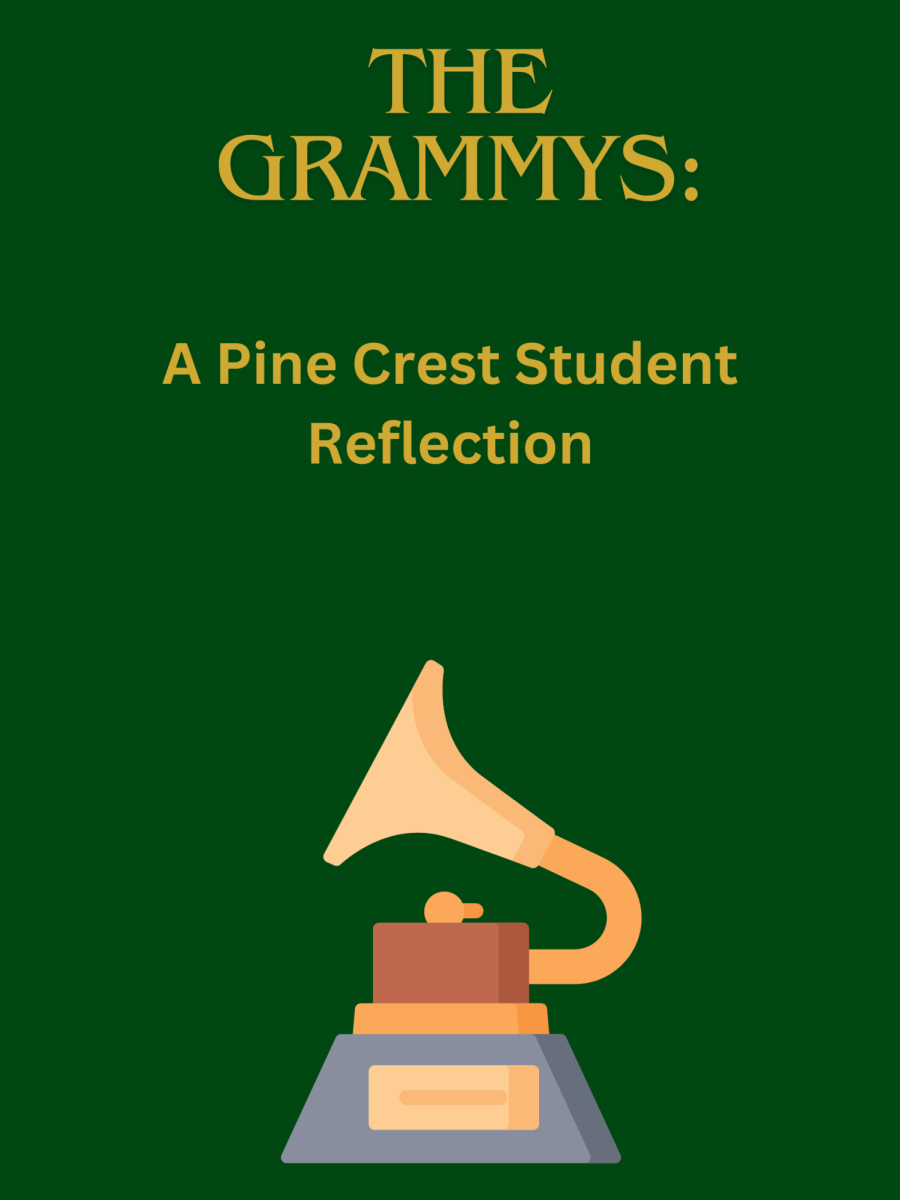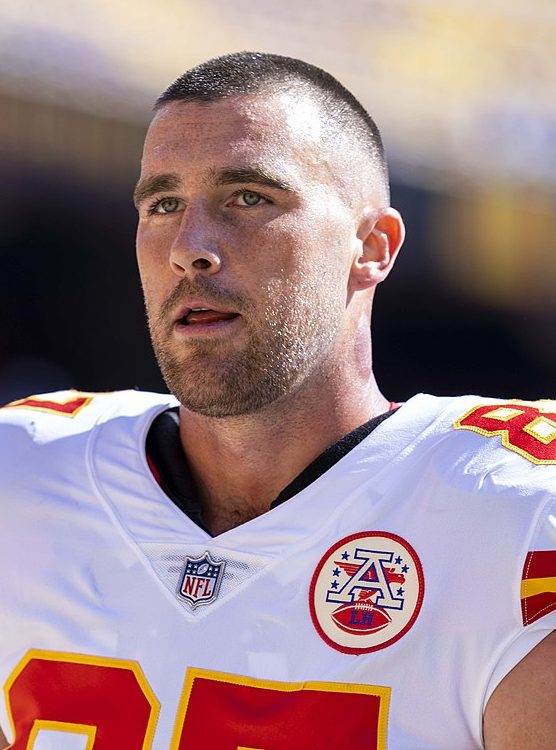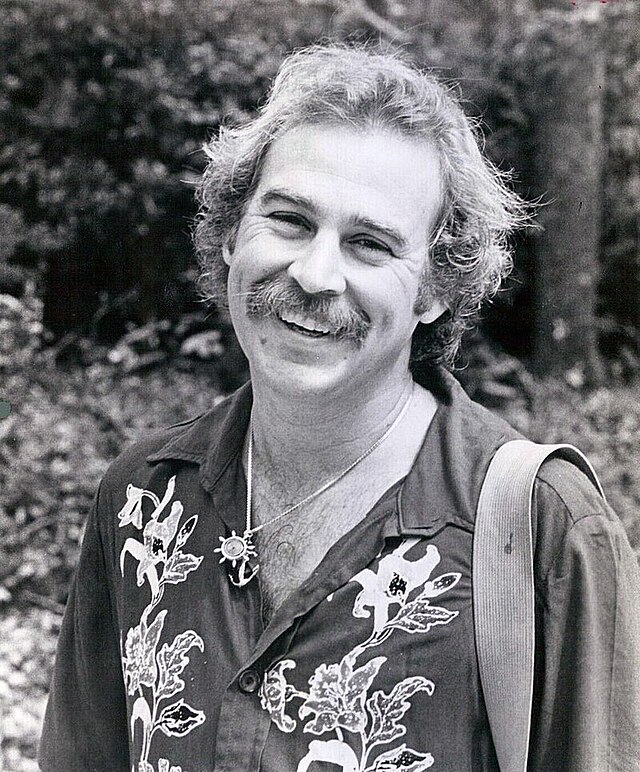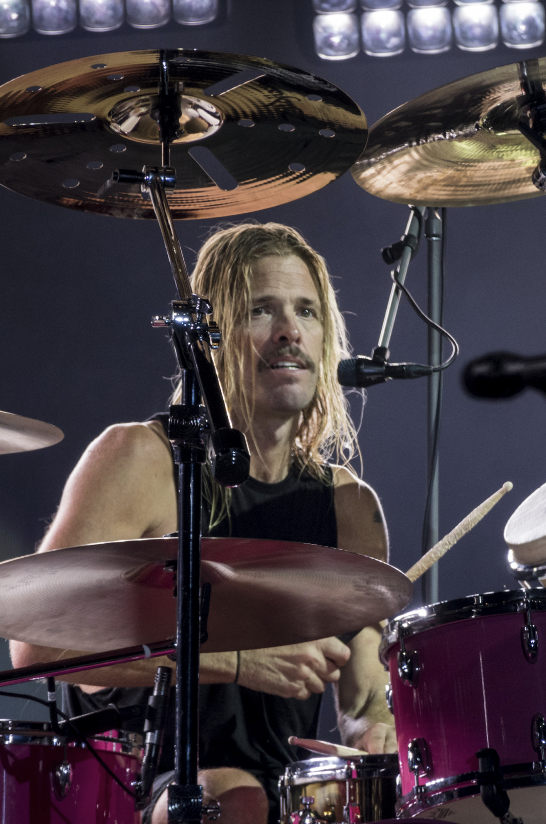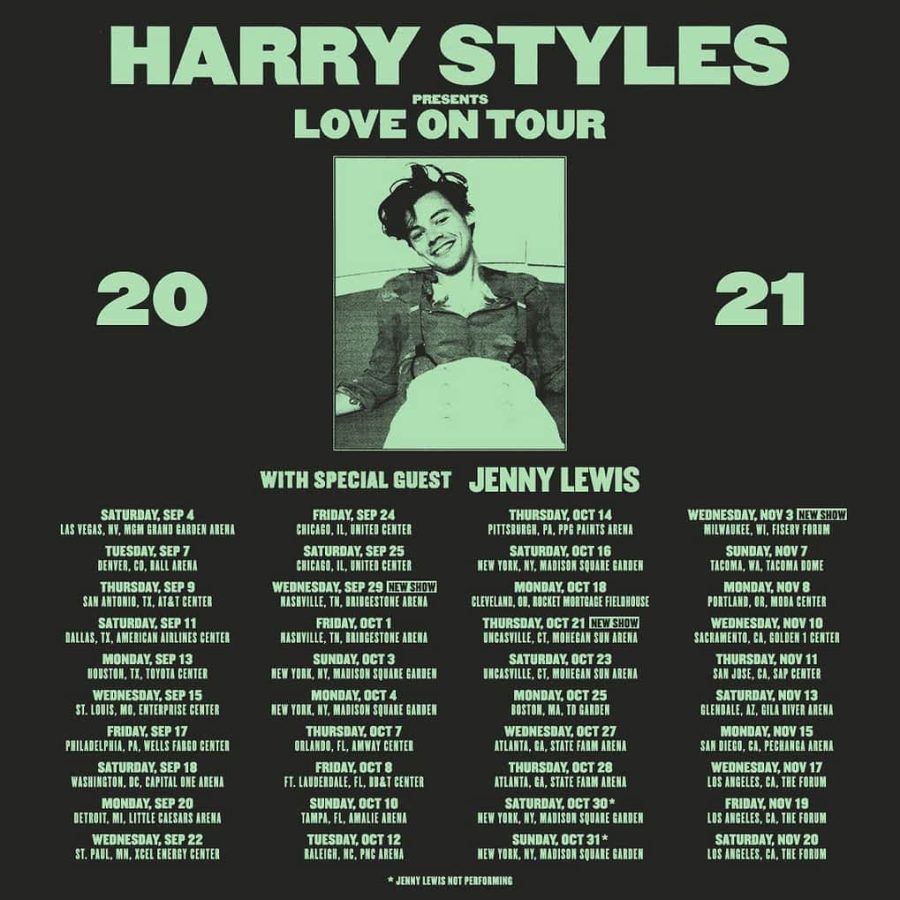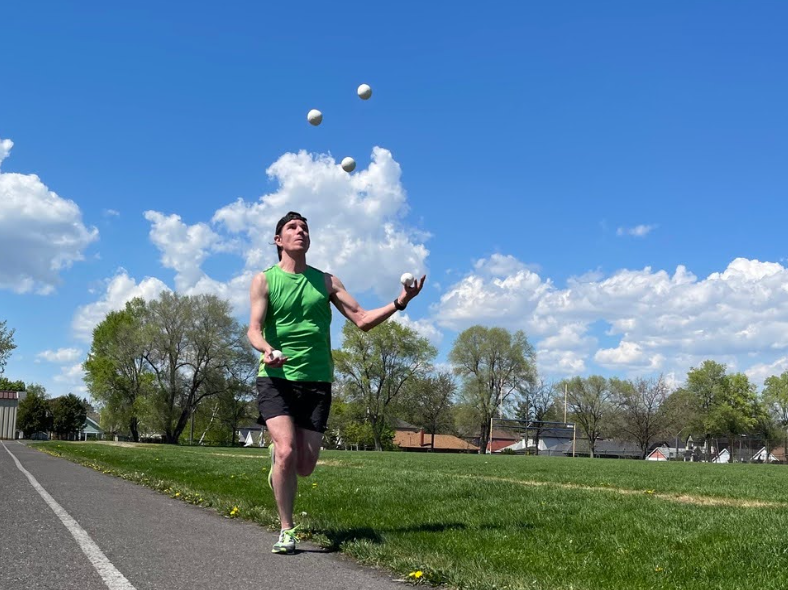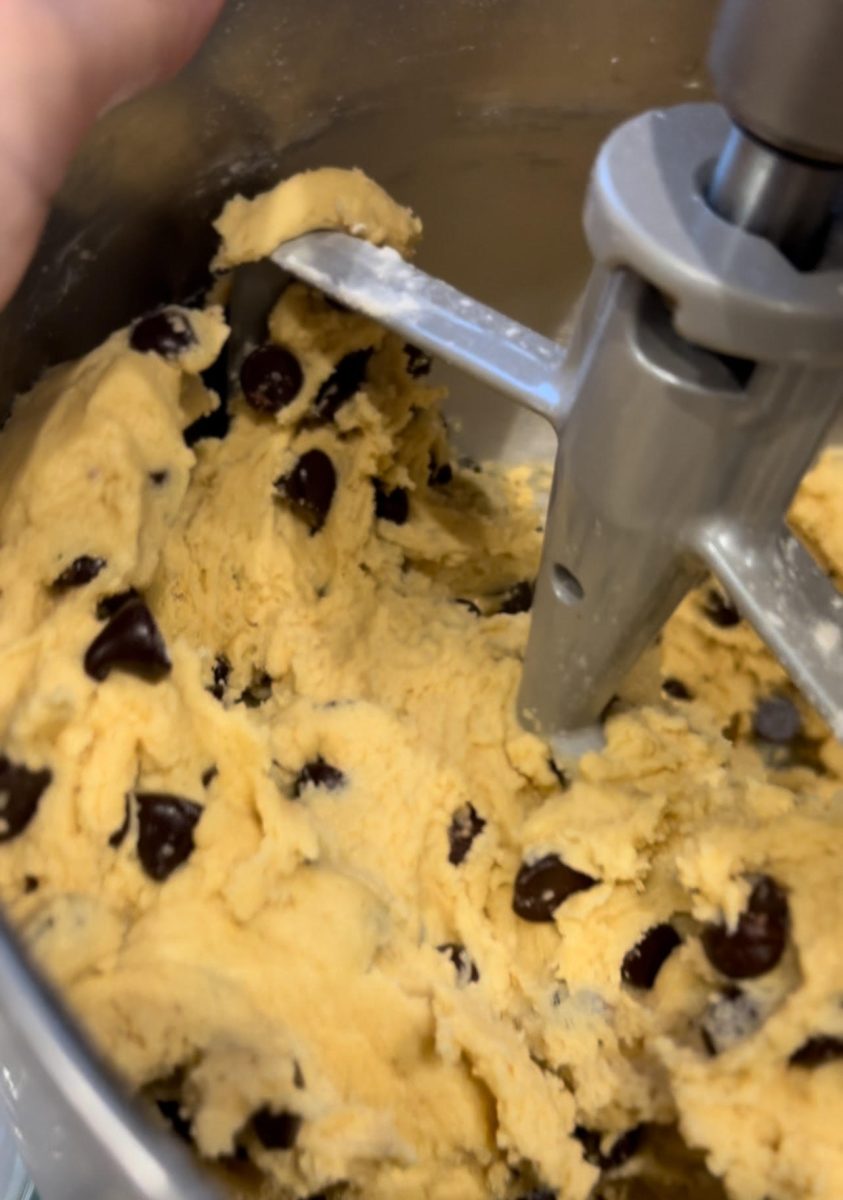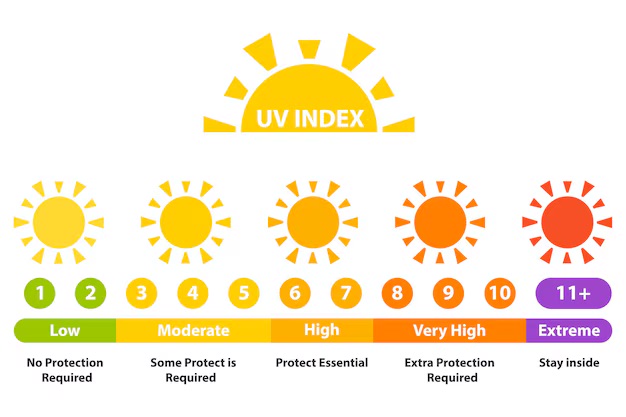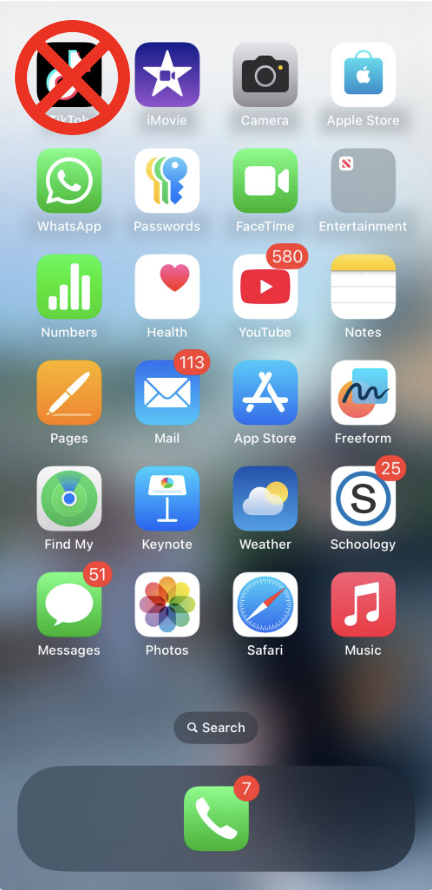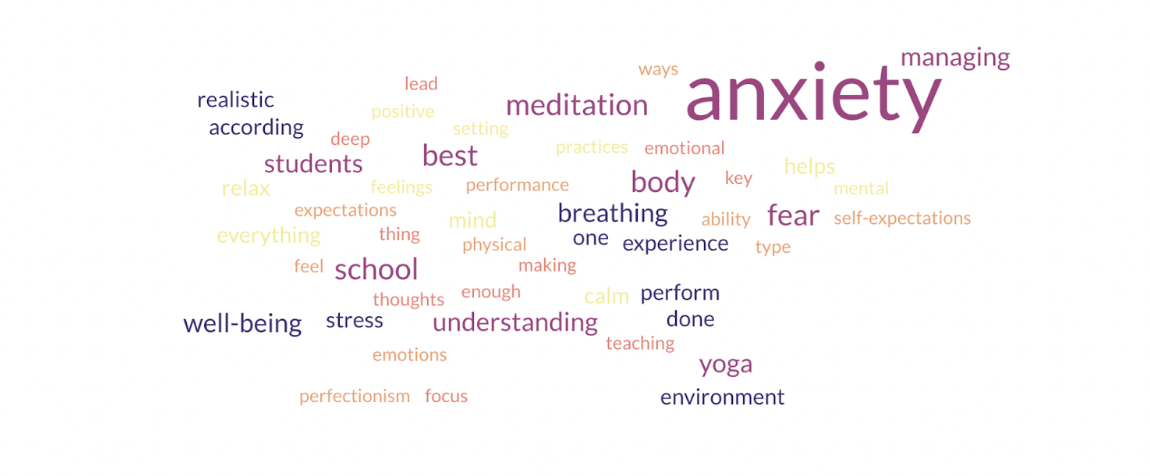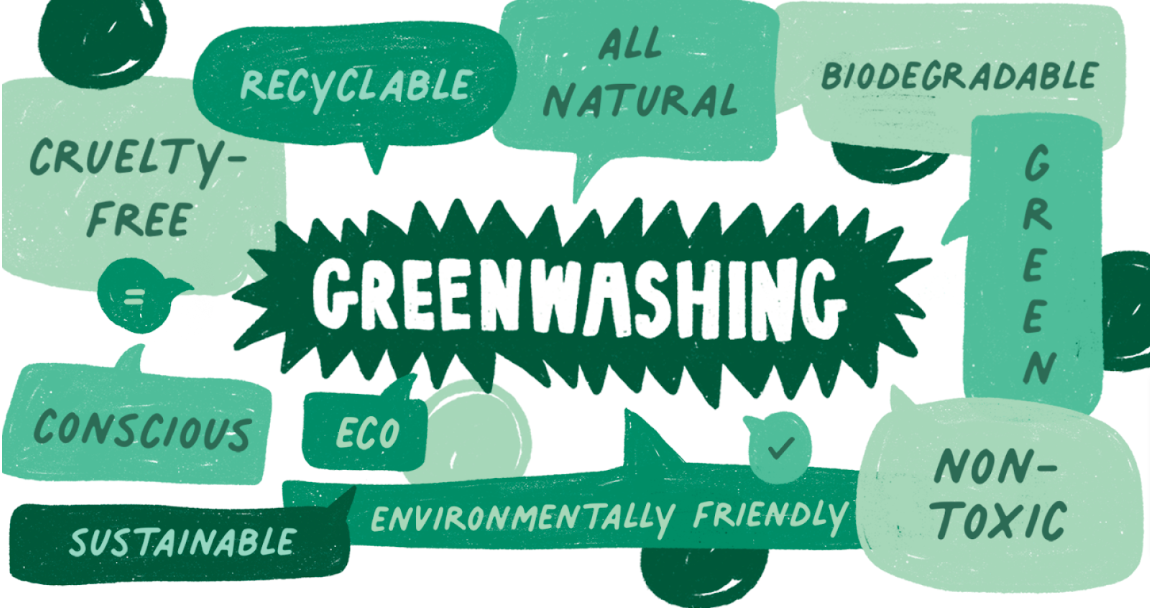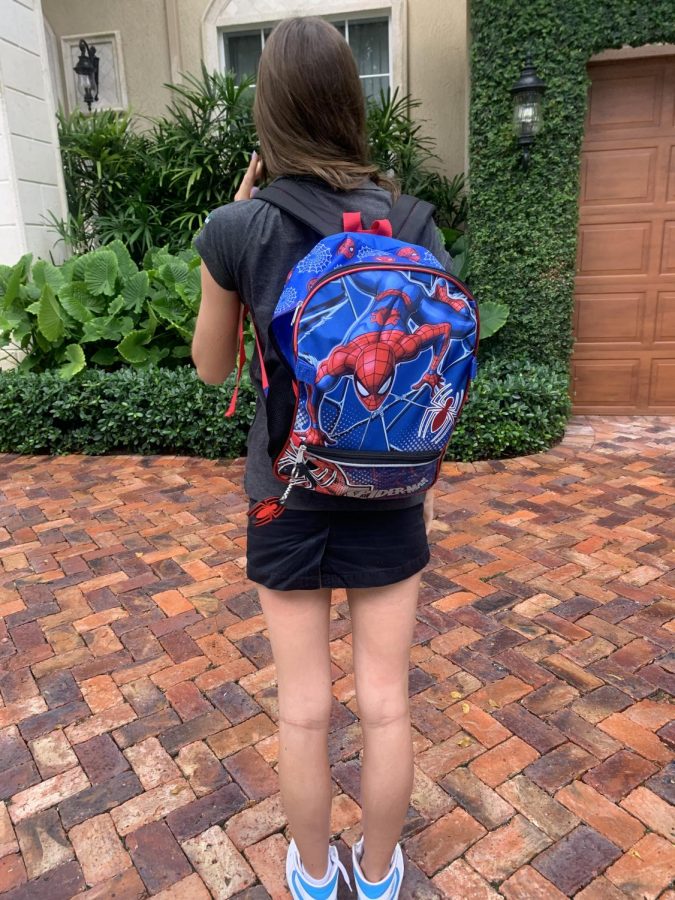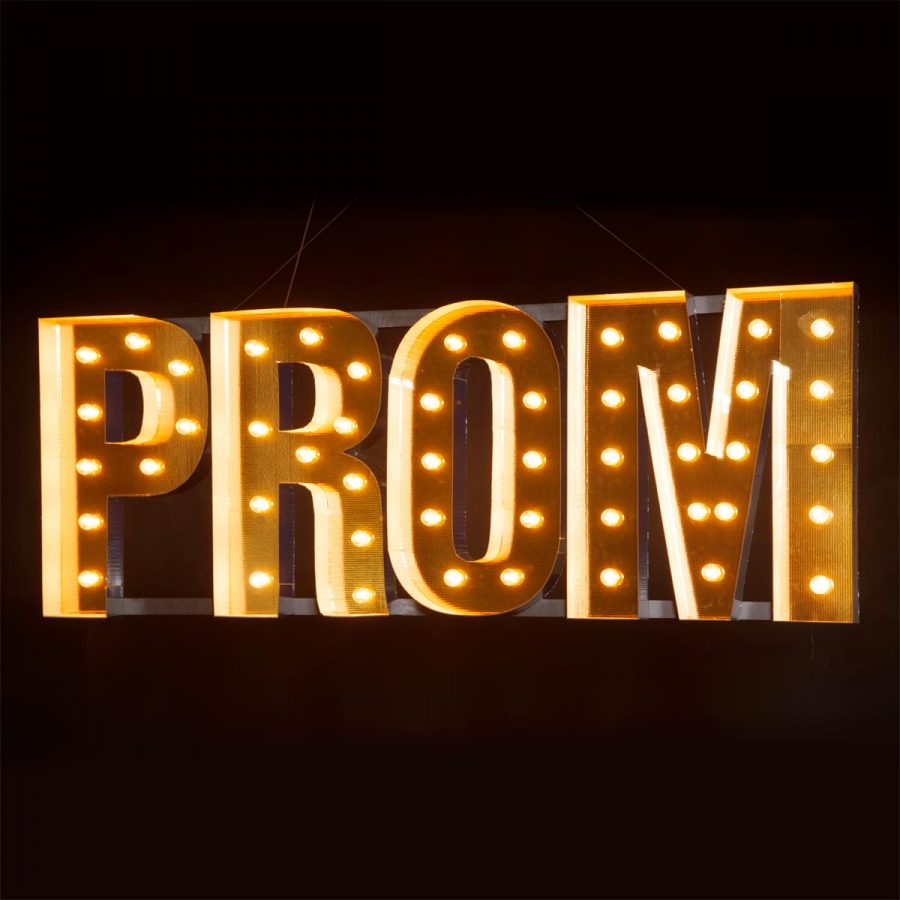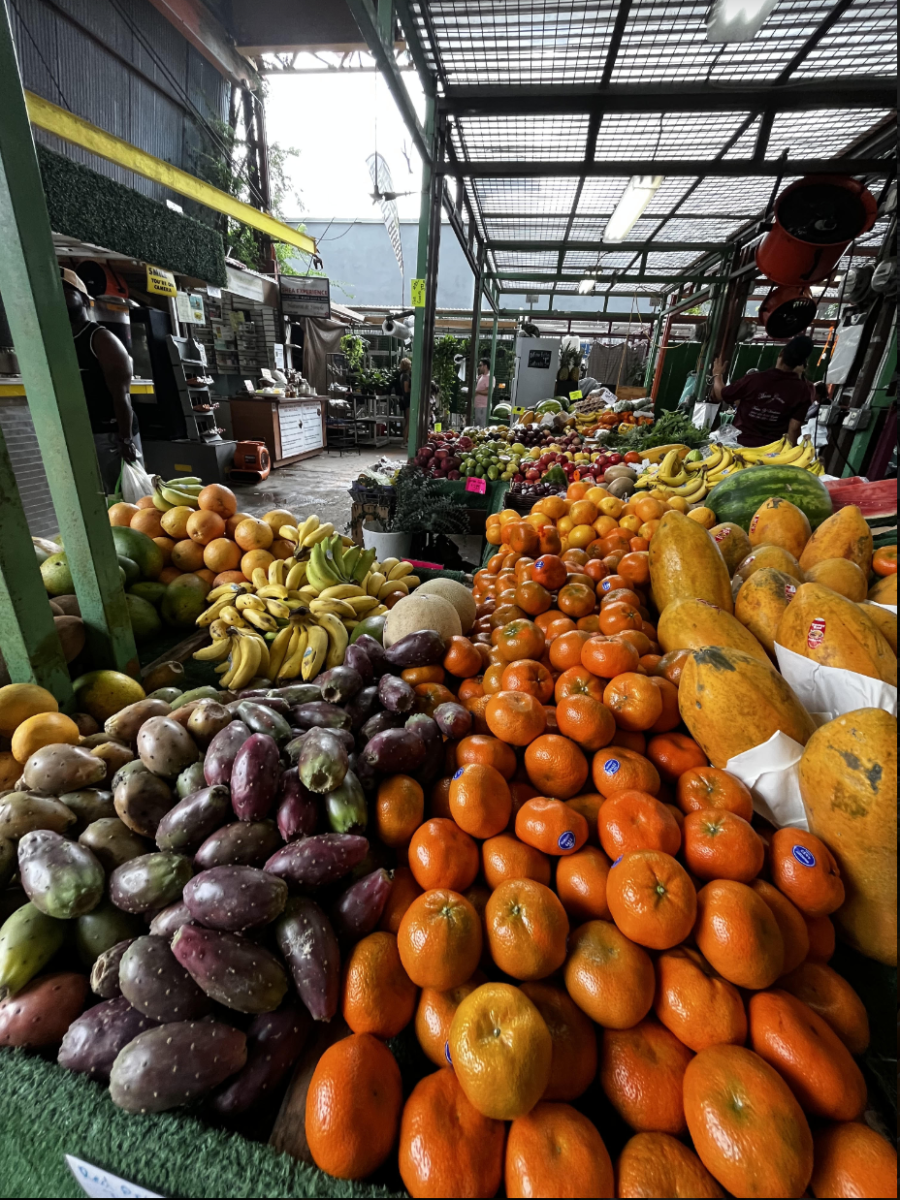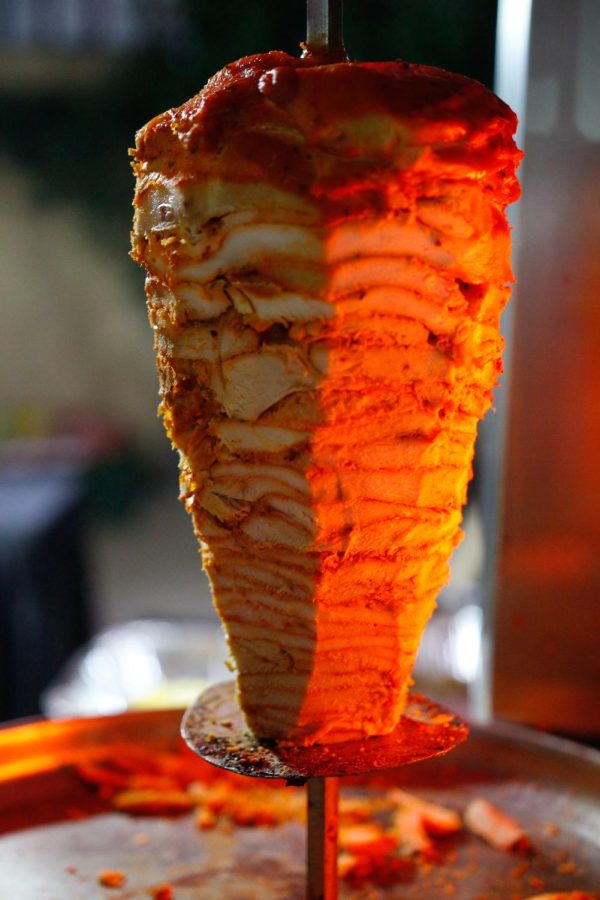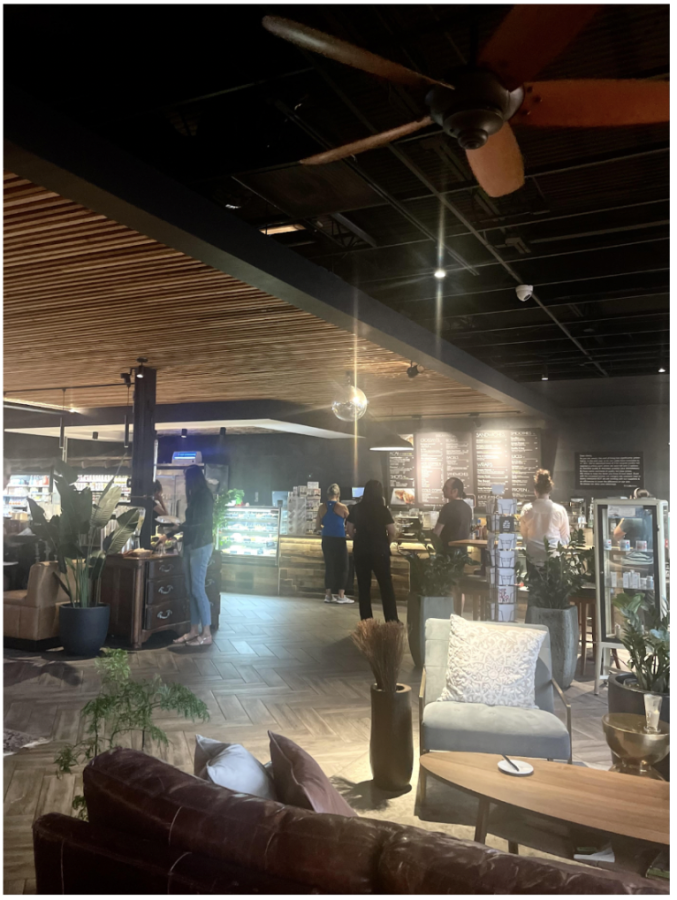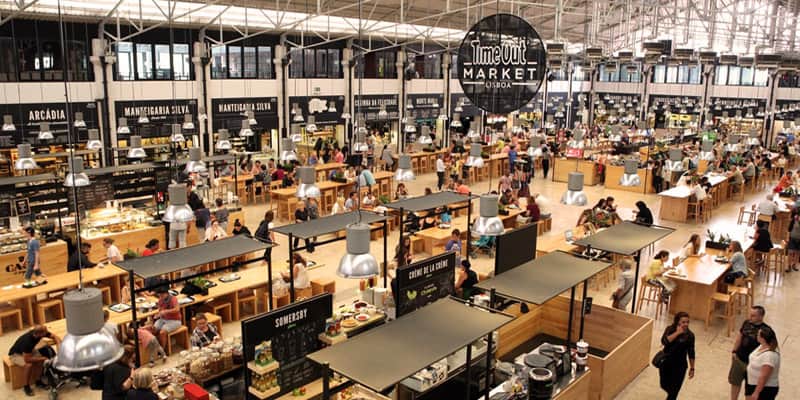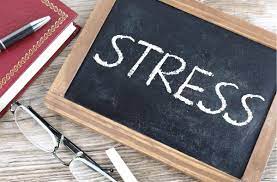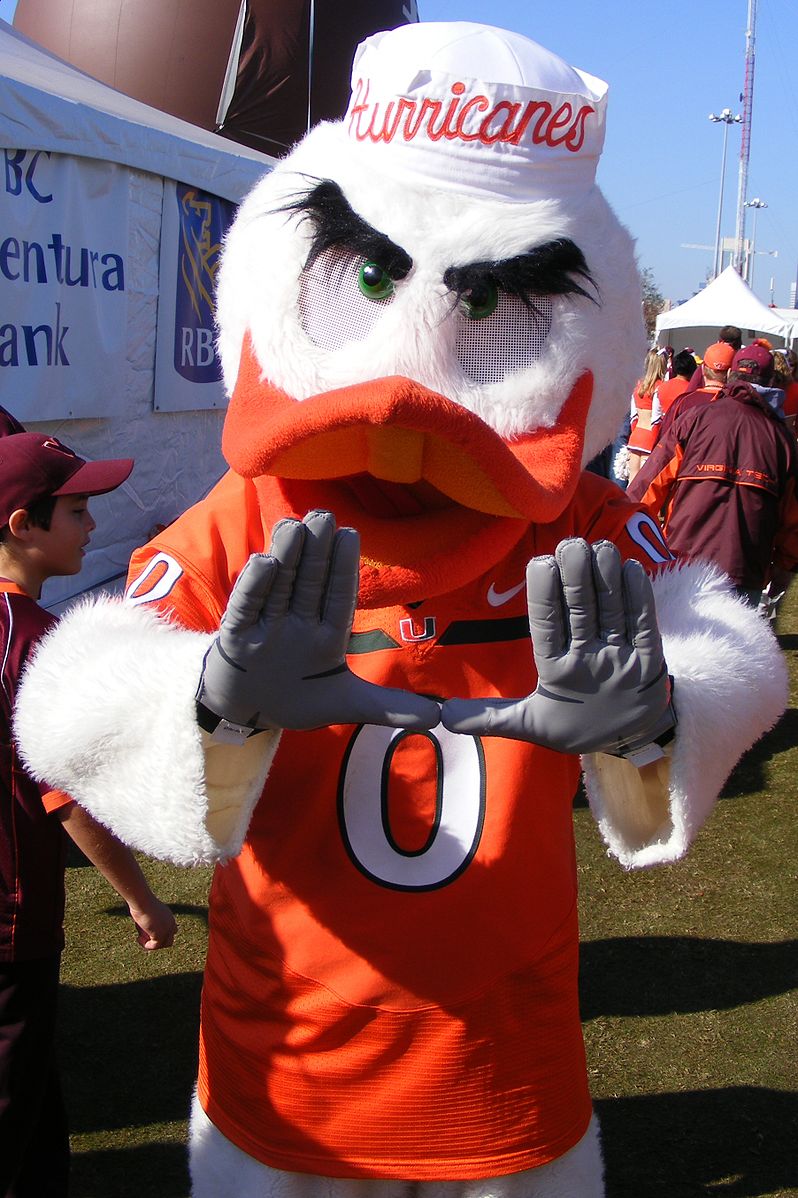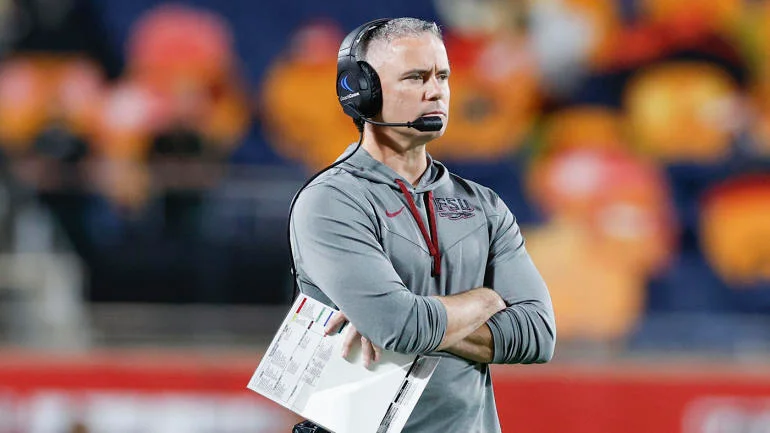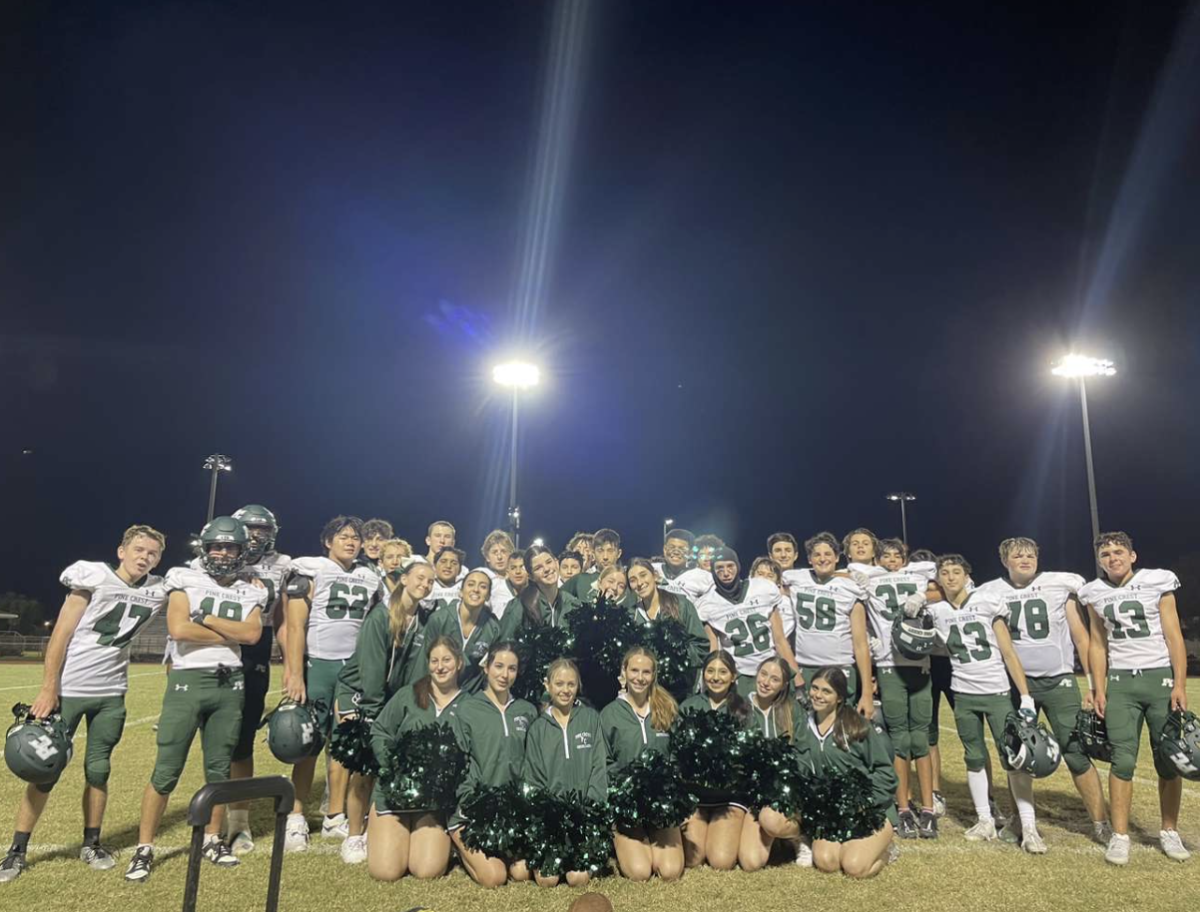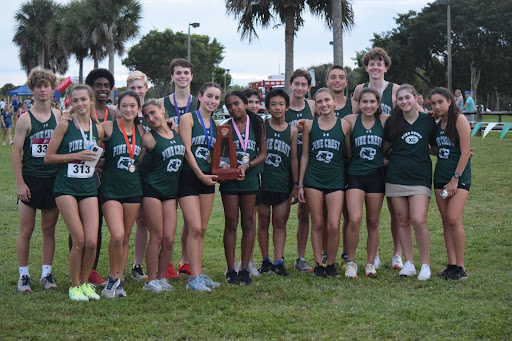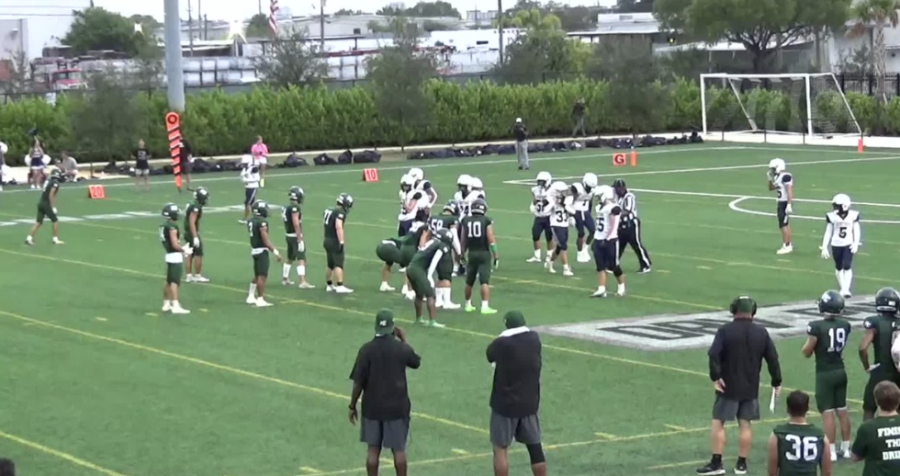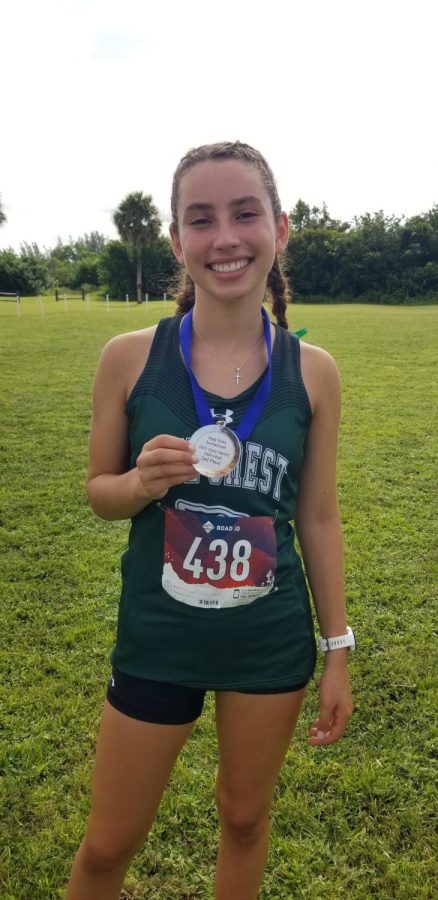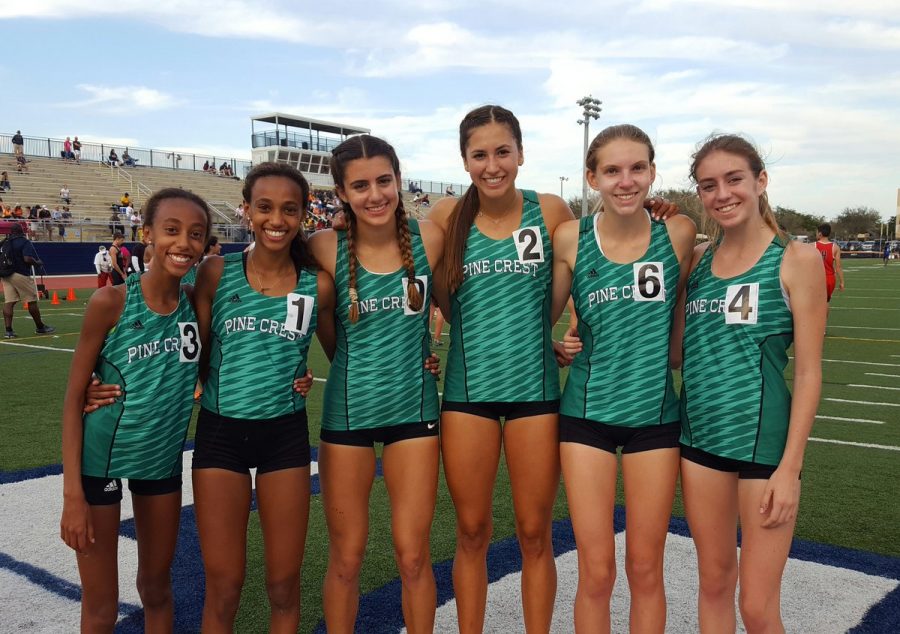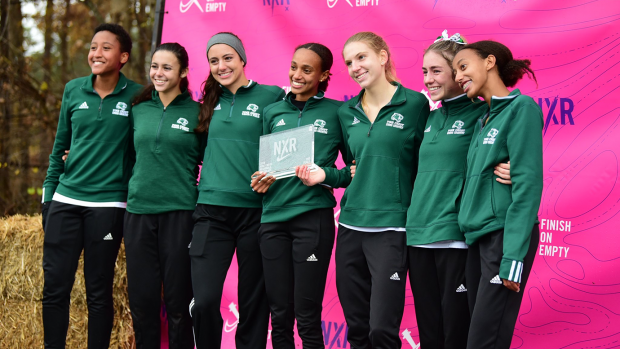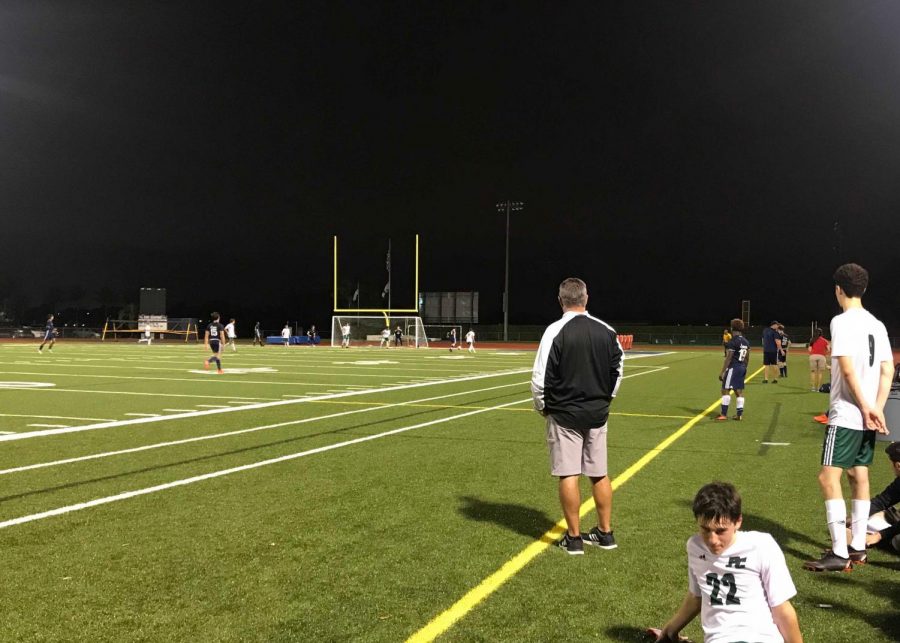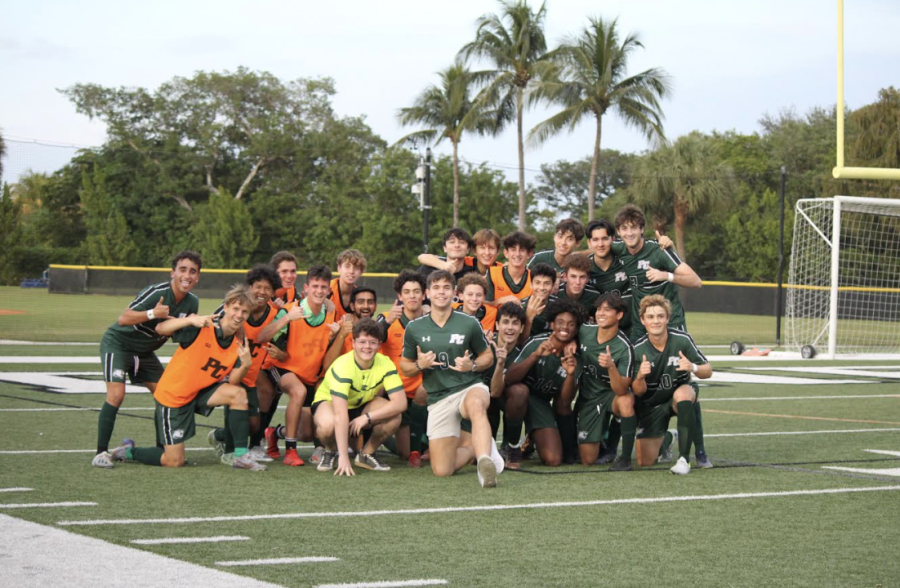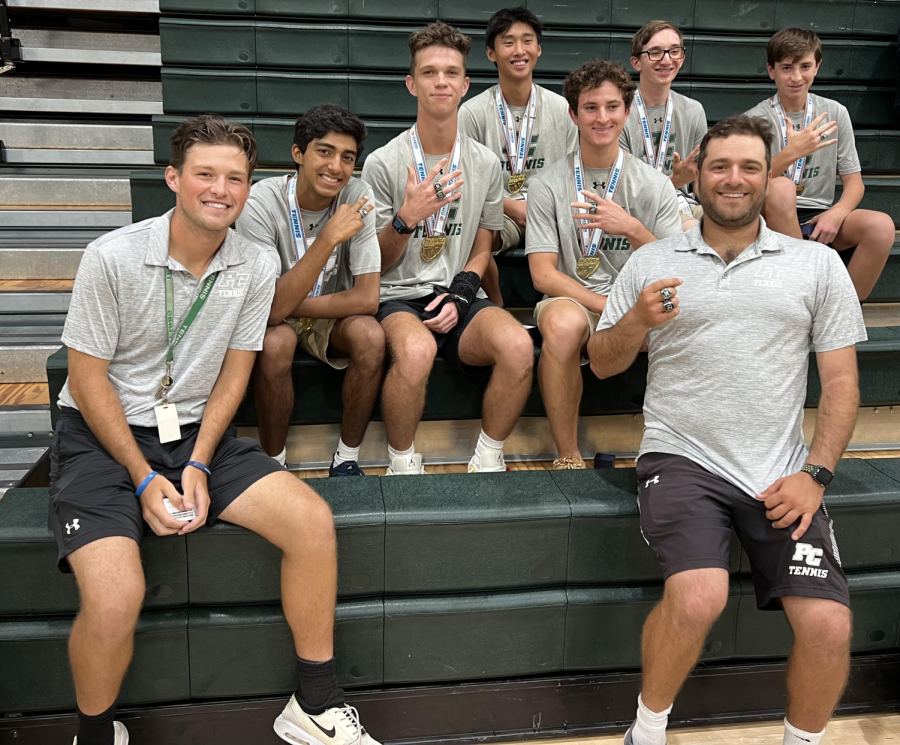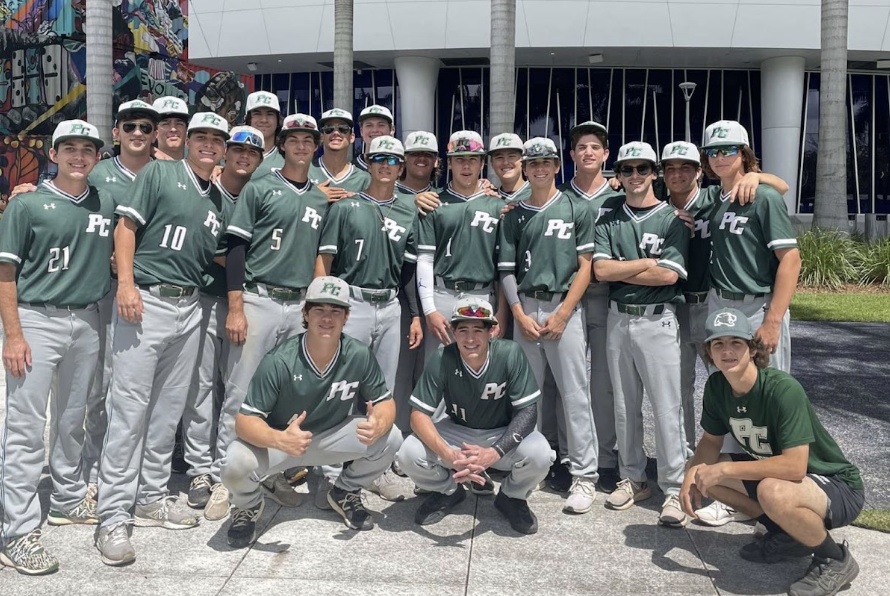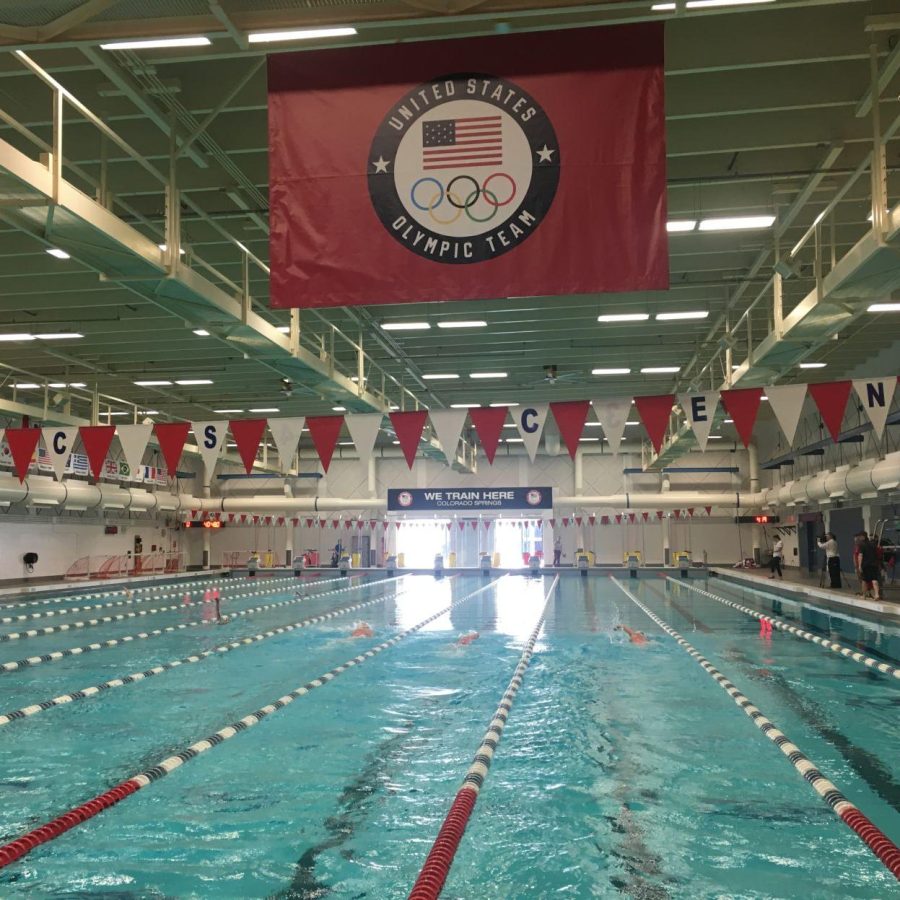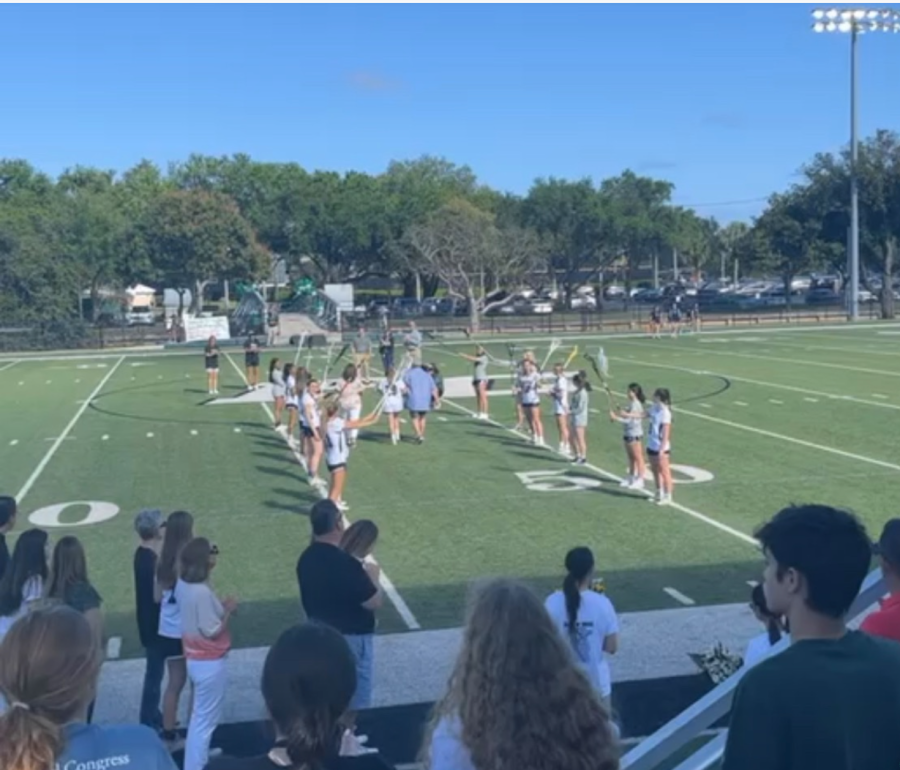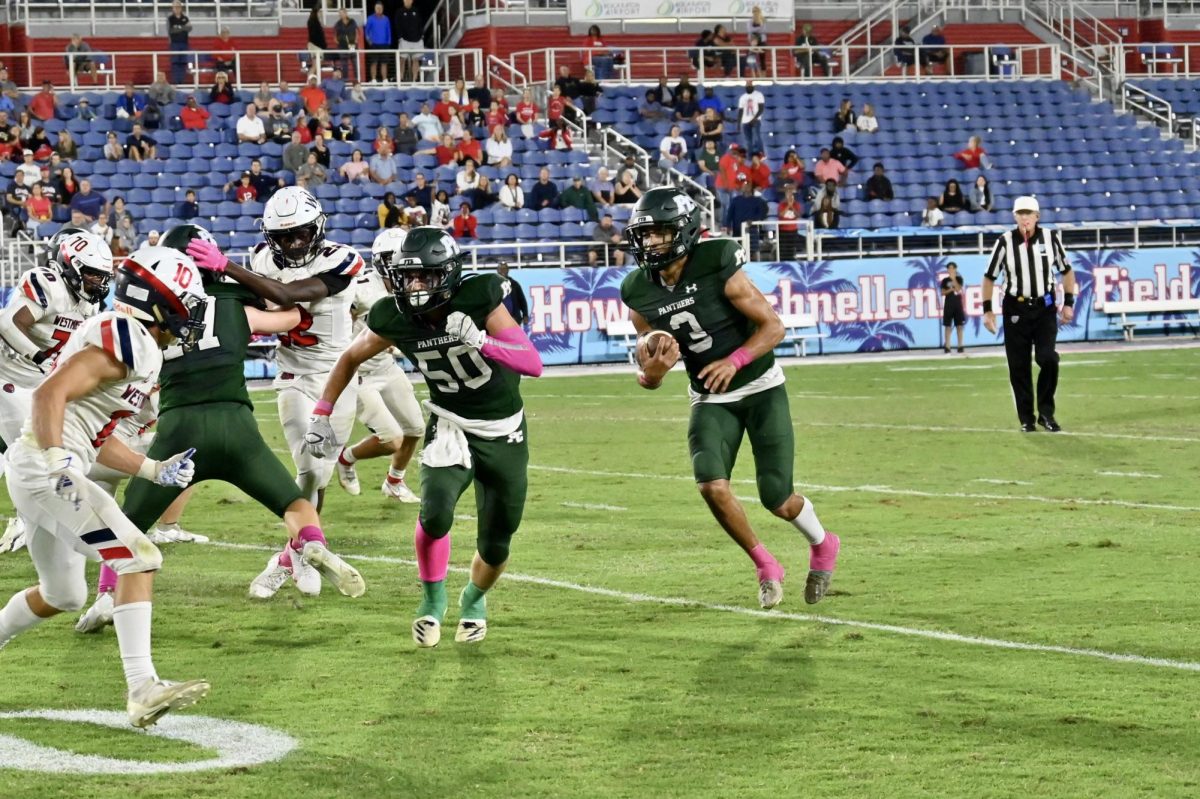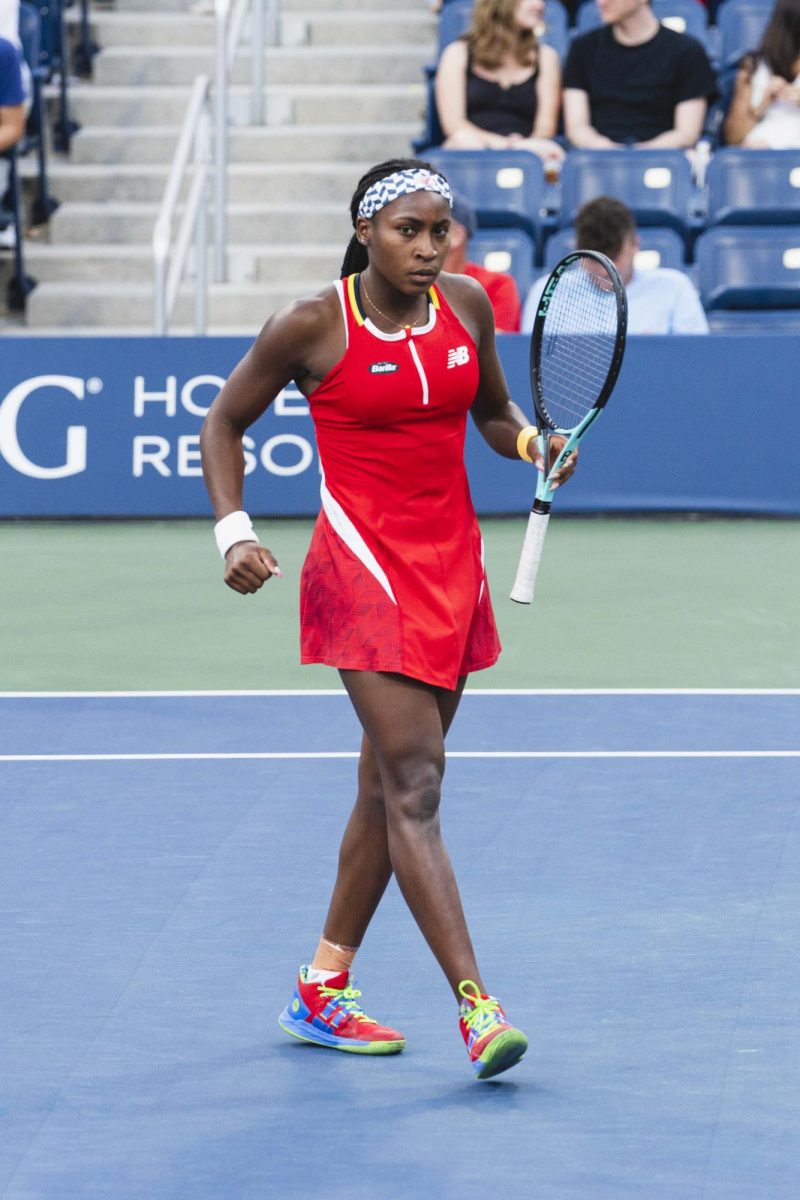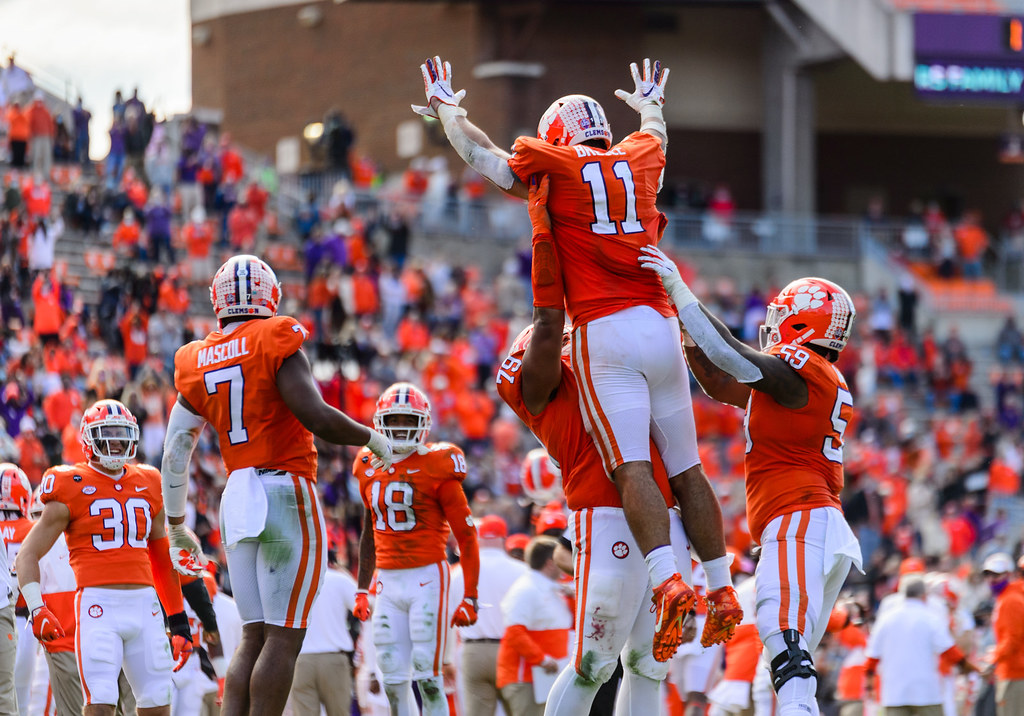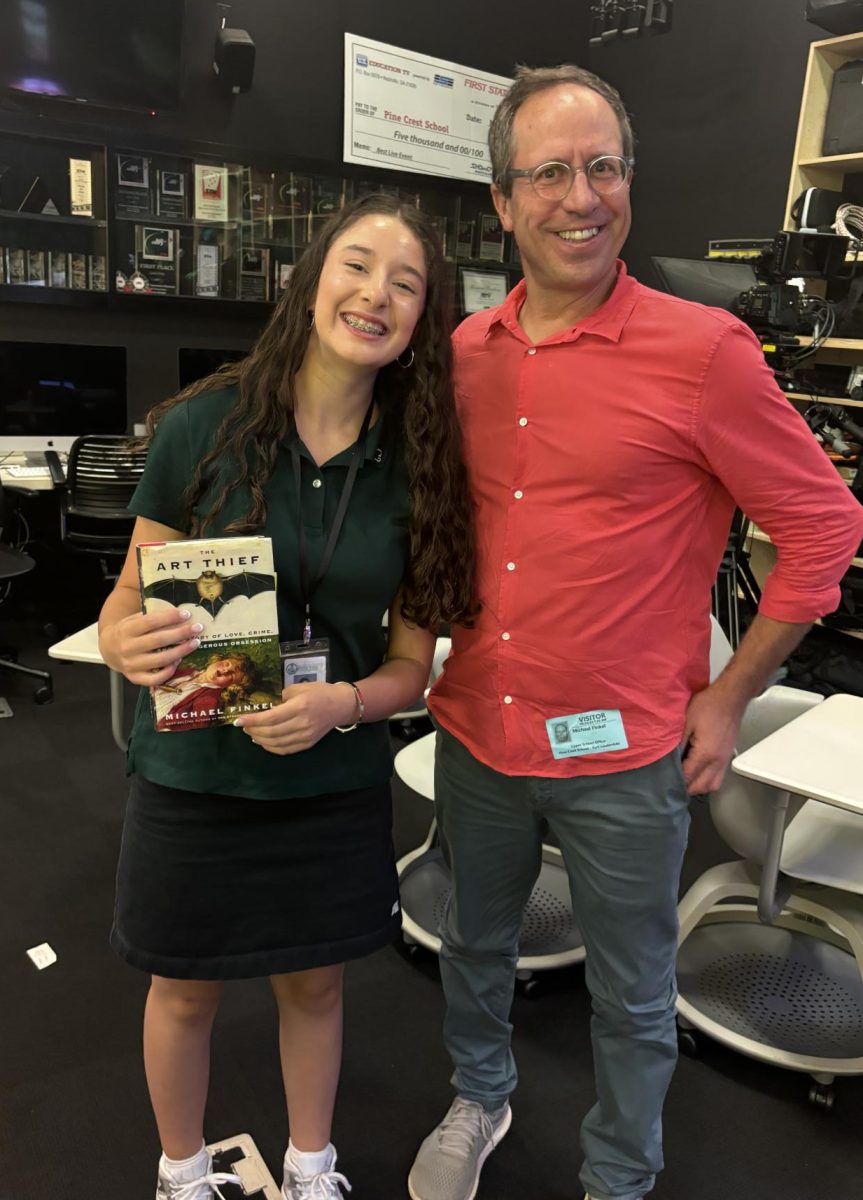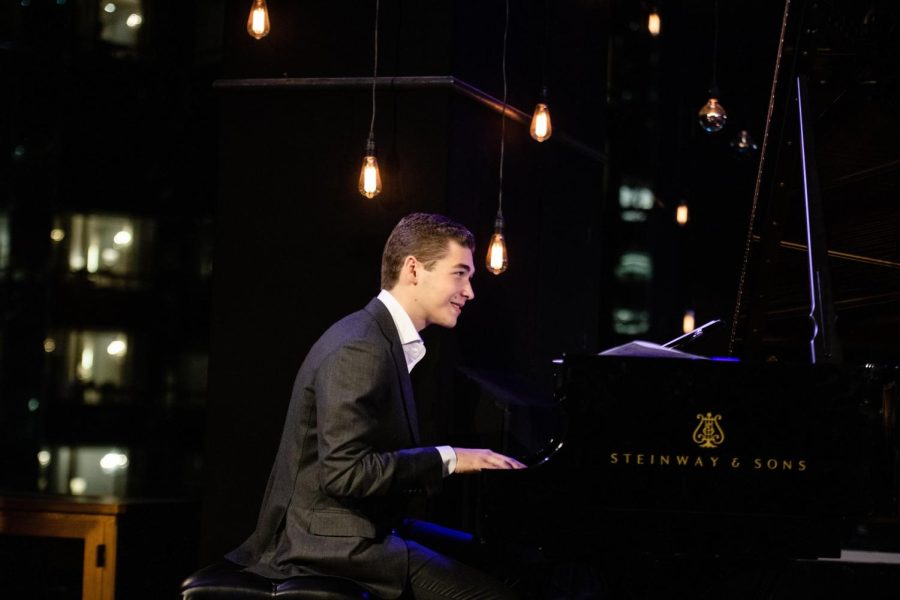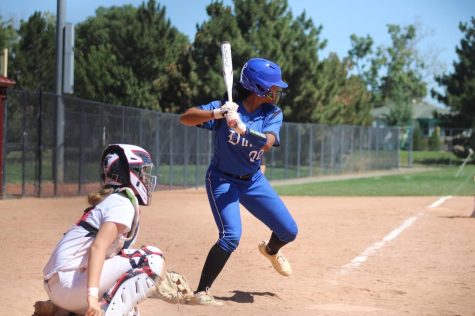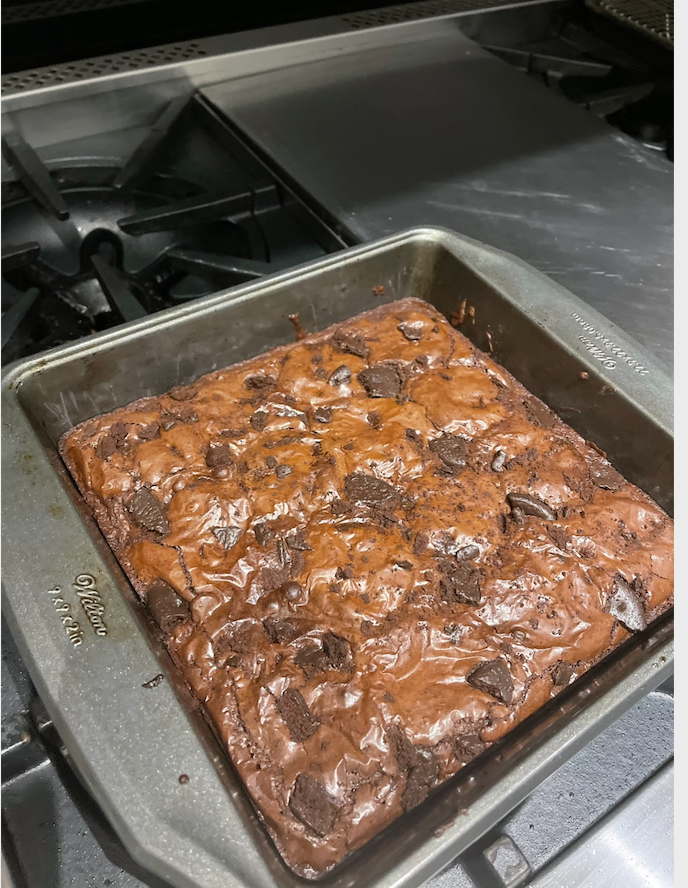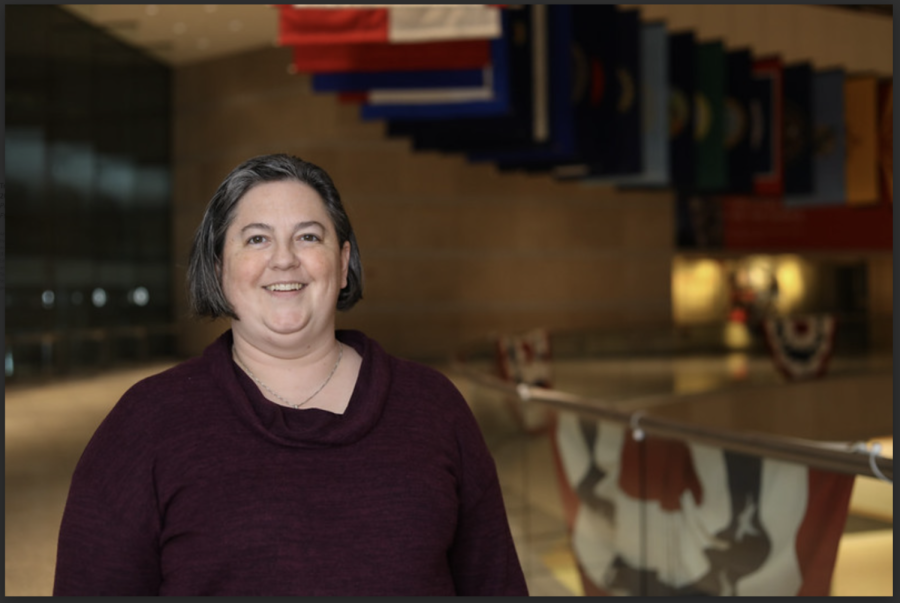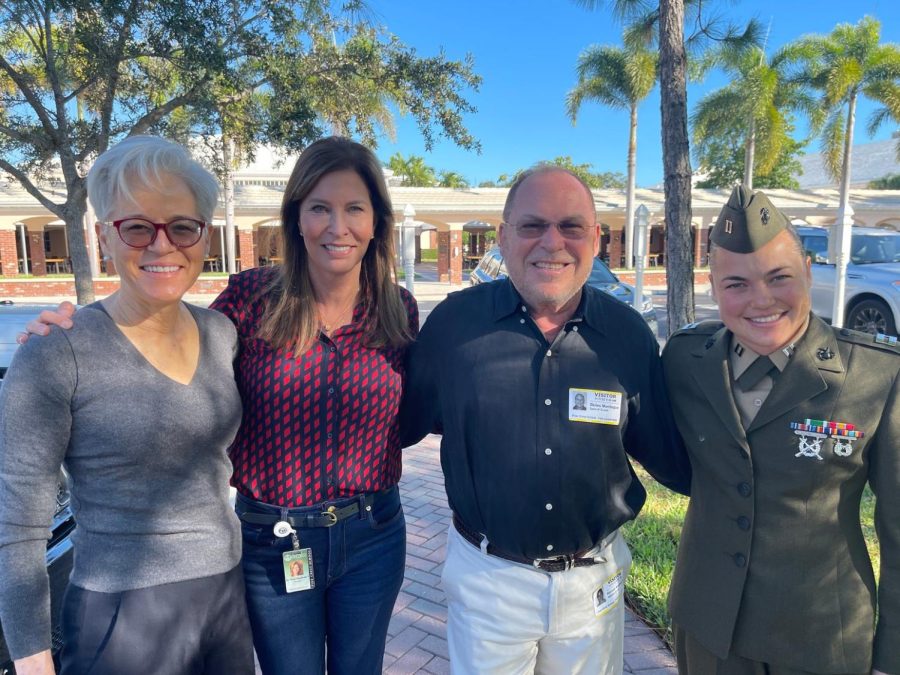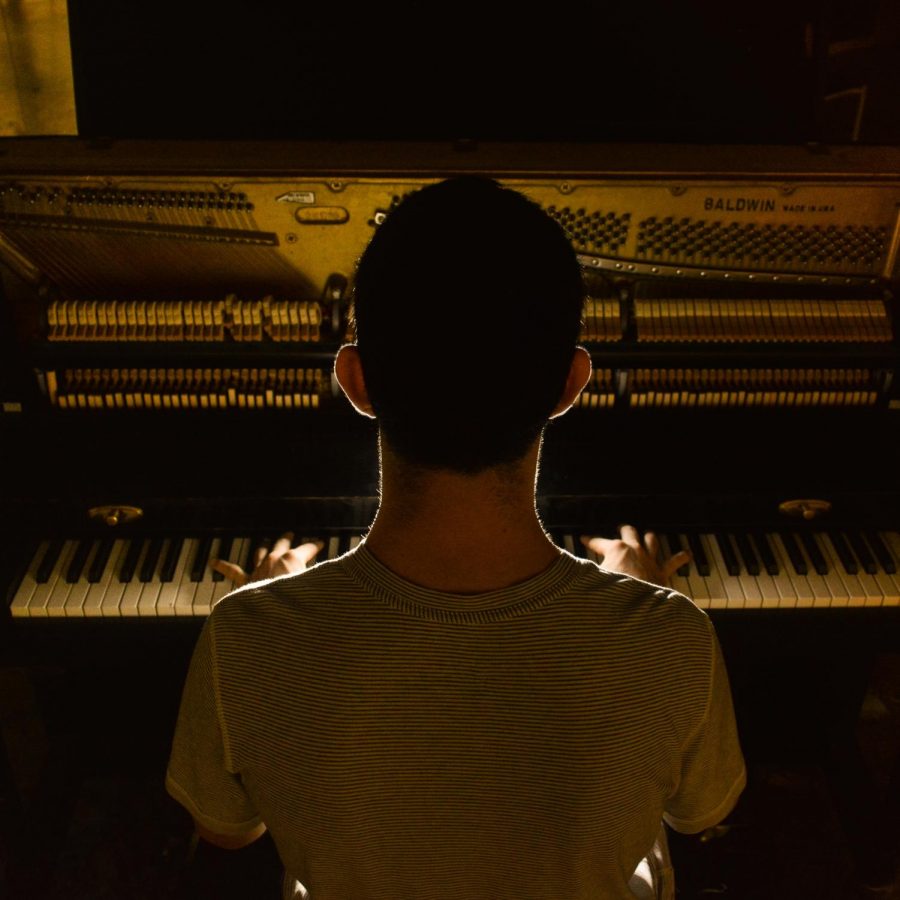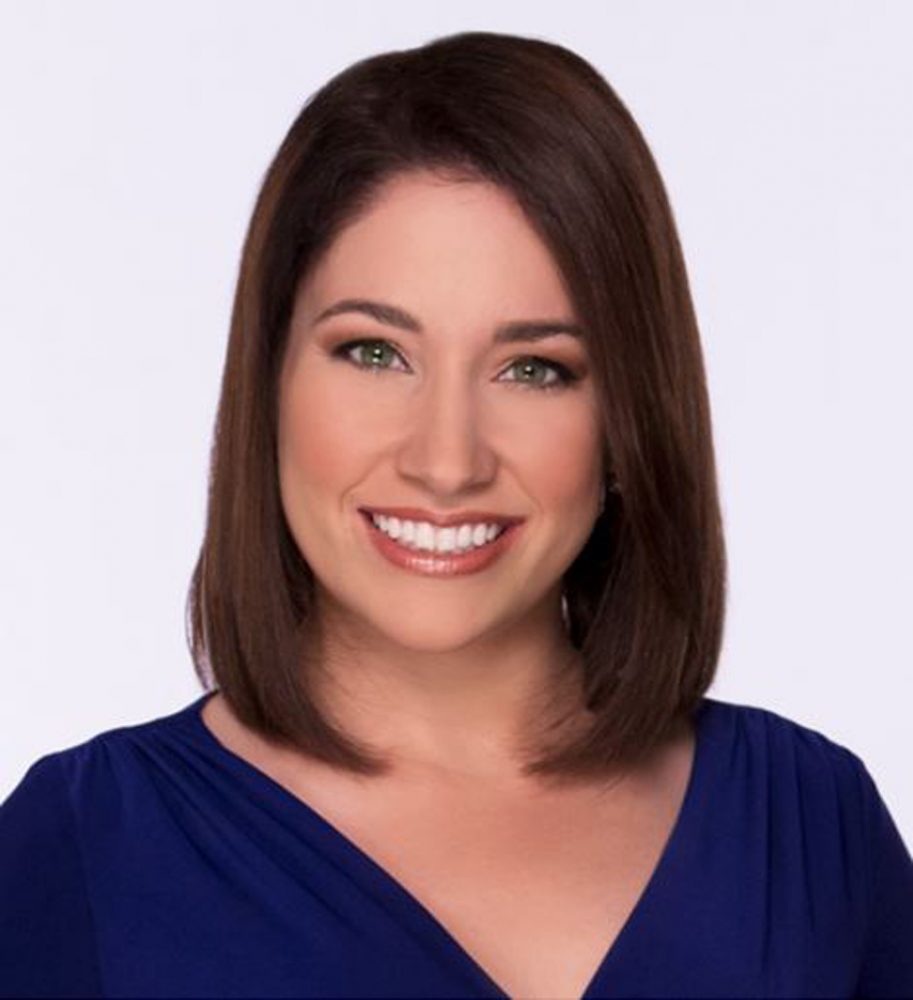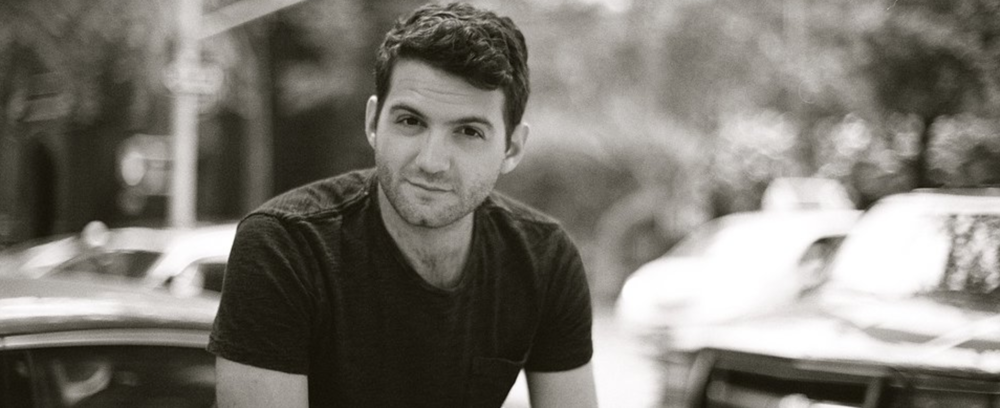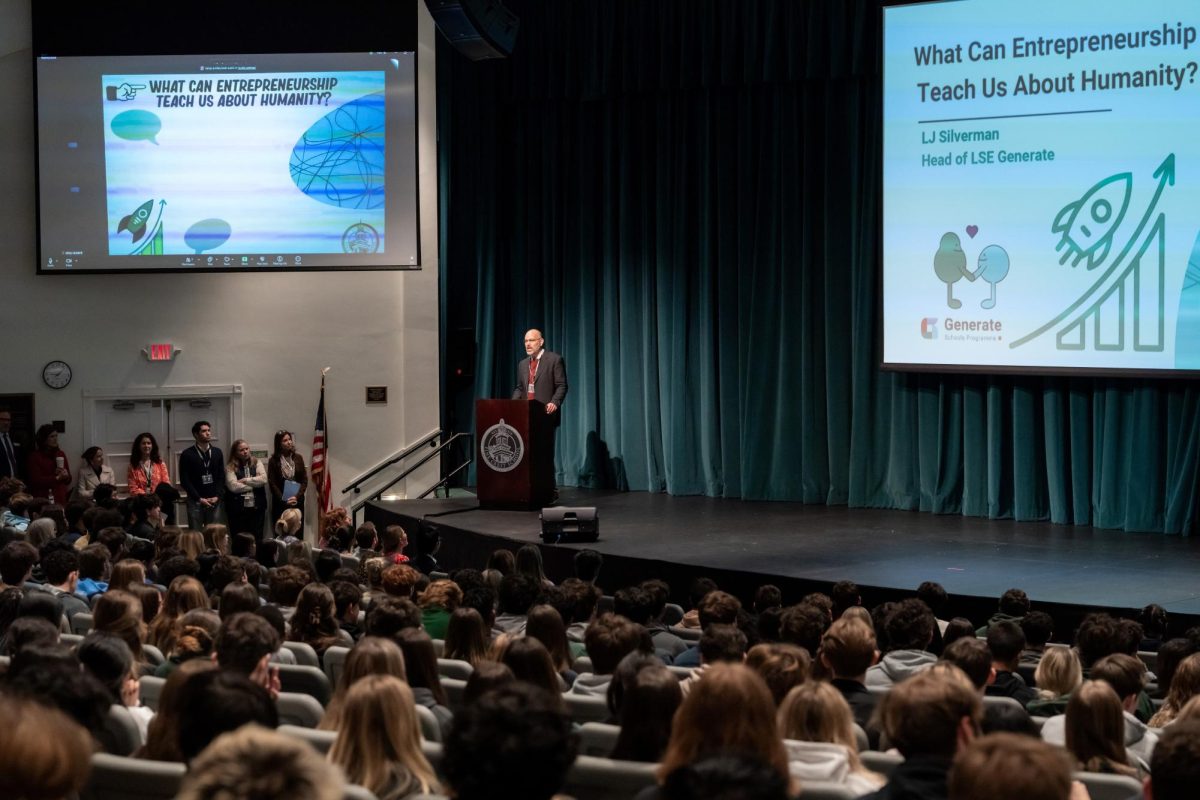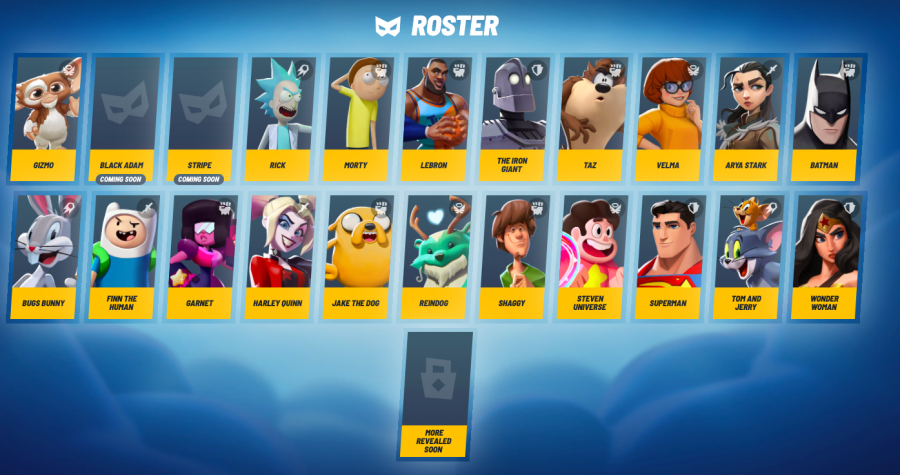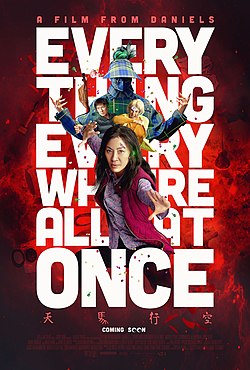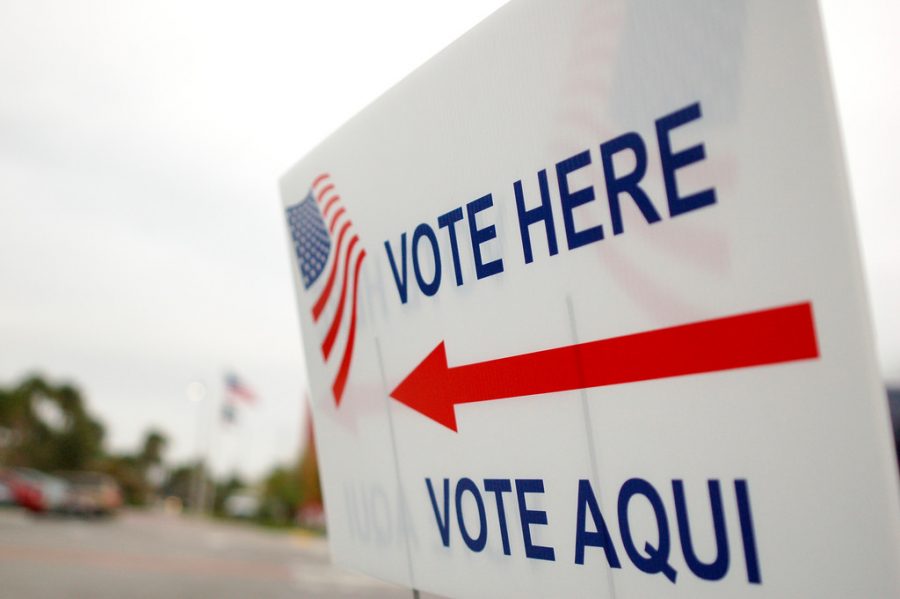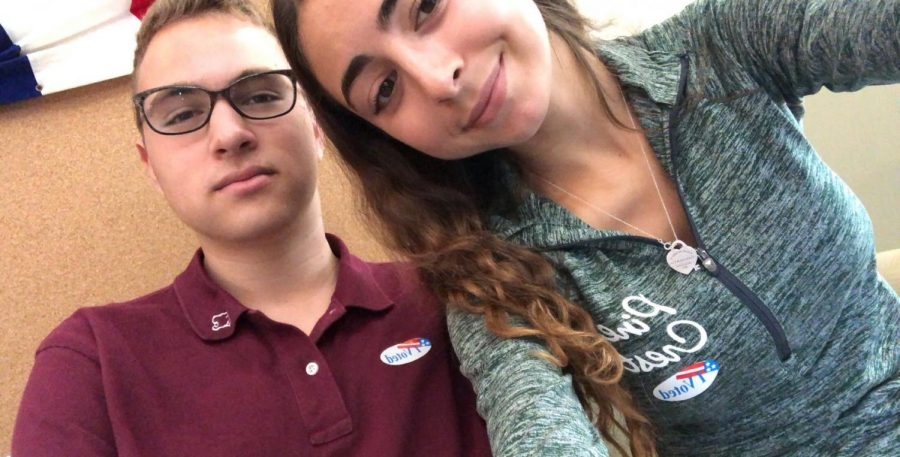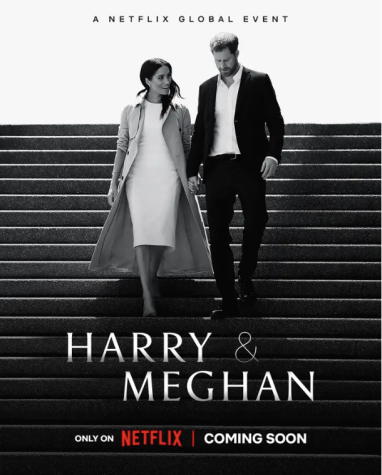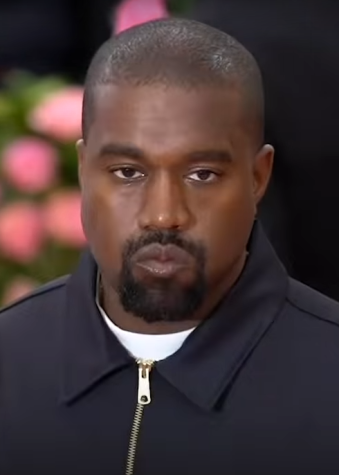Increasing Voter Accessibility for 2020 and Beyond
A sign points to a 2018 polling location in Orlando, Florida.
Finding time for a doctor’s appointment is hard. First of all, the office is only open on weekdays, from 9 a.m. to 6 p.m. No one can miss school or work, of course, so they’ll have to go after. But on Monday there’s that important meeting. Tuesday is the big game. On Thursday and Friday, four cousins from Nebraska are in town. Wednesday it is then. But all the appointments are booked. Oh well, it’s just a check up. A different week works just as well, then.
The blasé attitude with which one might schedule an appointment might be fine for a flu shot, but it becomes far more problematic when it comes to Election Day. For an act considered a “civic duty,” voting is often passed over for prosaic, if not inessential, tasks. Yet knowing the average American schedule and state of mind, why haven’t the polls opened at more reasonable times?
In the 2016 presidential election, only 60% of eligible voters came to the polls. The 1900 presidential election was the last time voter turnout exceeded 70%. For midterms, the last time was 1864. Since then, reaching the 60% turnout mark is a big deal, and for the midterms it is nearly unheard of. Comparatively, 60% voter turnout is a disappointment in Canada and Australia, whose compulsory voting systems regularly keeps the turnout over 90%. These numbers may lead spectators of the American election system to believe the U.S. would do everything in its power to facilitate the voting process in order to raise the currently abysmal voter turnout. However, it seems as if this country is doing the opposite.
According to the Constitution, states are able to set their own poll hours and locations. The most common operating time is 7am-7pm on the day of elections. Since only having one day to vote can lead to impossibly long lines, some states also offer early voting during the week before Election Day. Unfortunately, the theoretical convenience of early voting is almost entirely eliminated, as most states only hold it in limited locations during decreased hours. Case in point, in the 2018 midterms, which boasted a modern record turnout of 49% of those eligible, only 29% of ballots cast were early.
Traditionally, elections are held on the first Tuesday after the first Monday in November, per a law passed in 1845. This legislation was passed specifically with religious and agrarian society in mind. If voters had to travel to reach a polling place, they had enough time to leave after church on Sunday and return home before market day on Wednesday. Nowadays, current government officials question the necessity of keeping elections on Tuesday. Polls are more geographically accessible than ever before, and there is no clear downside to moving Election Day to, for example, the first Saturday in November. This would especially benefit lower-income voters, who often have less flexible working hours and fewer polling locations in their neighborhoods.
The fact that voting hours are so inconvenient for anyone who works a nine-to-five job blatantly tells low-income voters that the government does not care to include them in democracy. Changing the day of elections or lengthening the early voting period may attract more voters, just by showing them that their vote is valuable to the democratic process.
Similarly, voter education is crucial for increasing voter turnout. Unless actively pursued, information on the polls is not readily available. Locations may change from year to year and offer different services, such as collecting mail-in ballots.
Voter registration is another major issue in allowing people with fewer resources to vote. Voters can register when issued a valid driver’s license; however, past that point, it becomes more complicated. First of all, the laws differ state-to-state: some have online systems while others require you to physically sign up at a government office. Many people are unaware that registration is necessary before voting; and only a few states offer same-day registration. This leads to people being turned away at the polls, their prospective vote discarded. These minor dilemmas could be a quick fix with a short informational session on each state’s requirements at high schools, but we have yet to see this happen.
Alice Rau, a Pine Crest junior who worked for the Andrew Gillum for Governor campaign commented on her experiences: “There was a definite lack of voter education, especially in lower-income communities. The campaign office was in a very poor pocket of Broward, and every hour about a dozen people would trickle in, asking if they could vote at the campaign office because they just didn’t know where the polling locations were. People also thought they needed their voter registration cards, which deterred a lot of people from voting if they had misplaced or never received their registration card. The ignorance among voters – through no fault of their own – is incredibly apparent in lower-income communities. I am so happy that there has been a mobilization effort to get larger voter turnouts from both sides of the aisle, but I wonder how much bigger the voter turnout would be if people had the adequate information about where to vote and what to bring with them.”
Although it has been proven that voter fraud has, at most, a negligible impact, around 44% of Americans believe that millions of people voted illegally in the 2016 election. Therefore, many argue that more intricate registration processes are necessary to prevent voter fraud and keep the elections fair. Believers in voter fraud also argue that varying requirements per state for voter registration gives the states more freedom; however, some states are using their “rights” to restrict certain minorities by limiting polling sites in neighborhoods with predominantly black or young populations. North Carolina went as far as banning voting on Sundays because Souls to the Polls marches, held by some predominantly African American churches, caused a spike in voting by people of color.
Many third-party groups have proposed myriad methods for increasing voter turnout: everything from food incentives and booth reservations to automatic registration and entirely mailed ballots. However, the most discussed approach is to turn Election Day into a national holiday. Offices and schools are closed on Labor Day. Students and workers are excused on antiquated, controversial holidays such as Columbus Day. Shouldn’t there also be day set aside to honor the keystone of our democracy? Not only would this free time be ideal for attending the polls, it would also add a layer of excitement and appreciation for the system. New voters would come of age in a country that commends those who are active participants in the democratic process, in a country that facilitates voting for all people, not just the ones that can afford to take a day off of work to vote. If every vote counts, every voter should feel like they are making a difference.
No system will ever be perfect. There are ways to expand the reach of the polls without reaching the extreme of compulsory voting. With a little bit of work, voter turnout could continue to rise, in hopes of one day returning to its former, 1800’s-style glory.

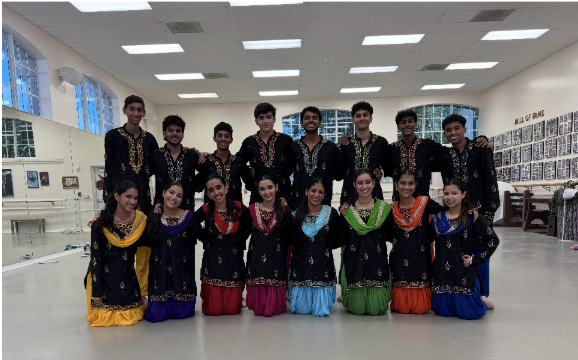
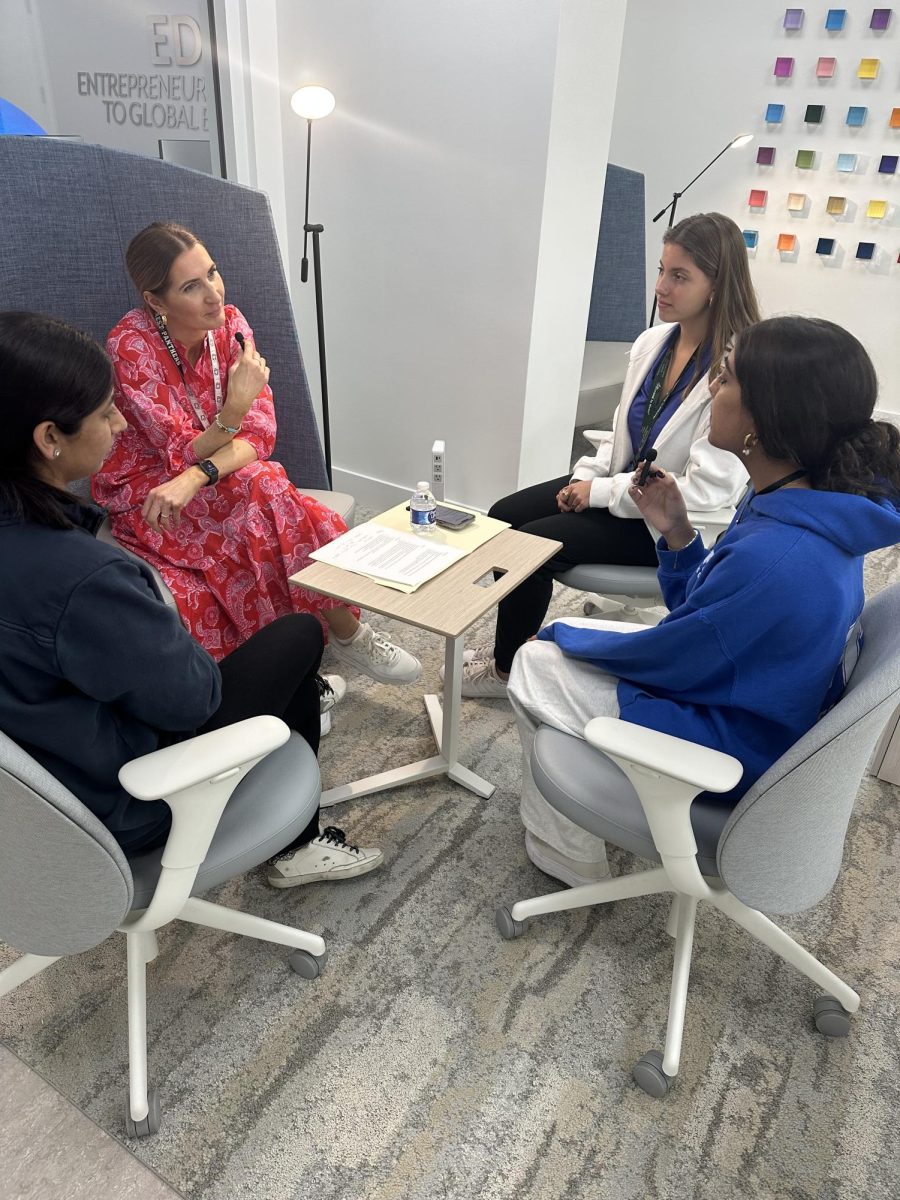
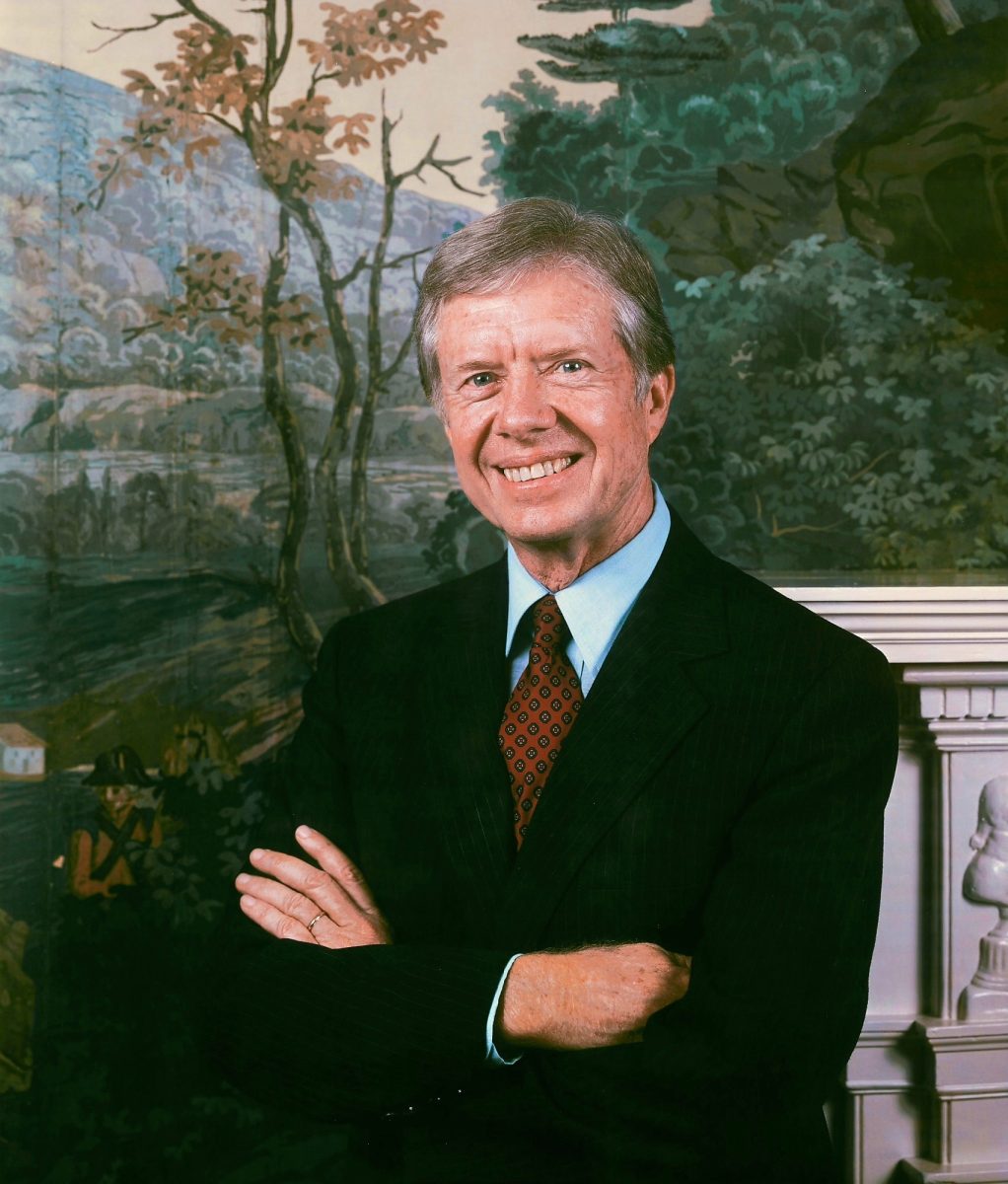
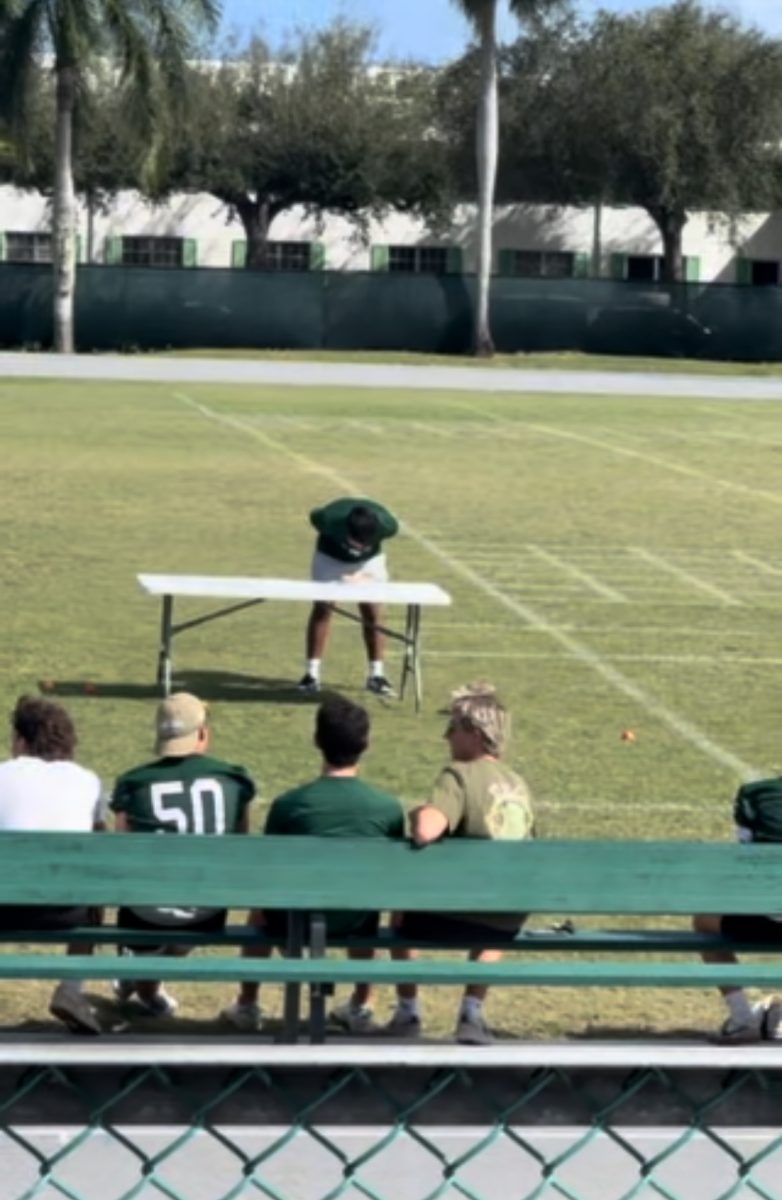

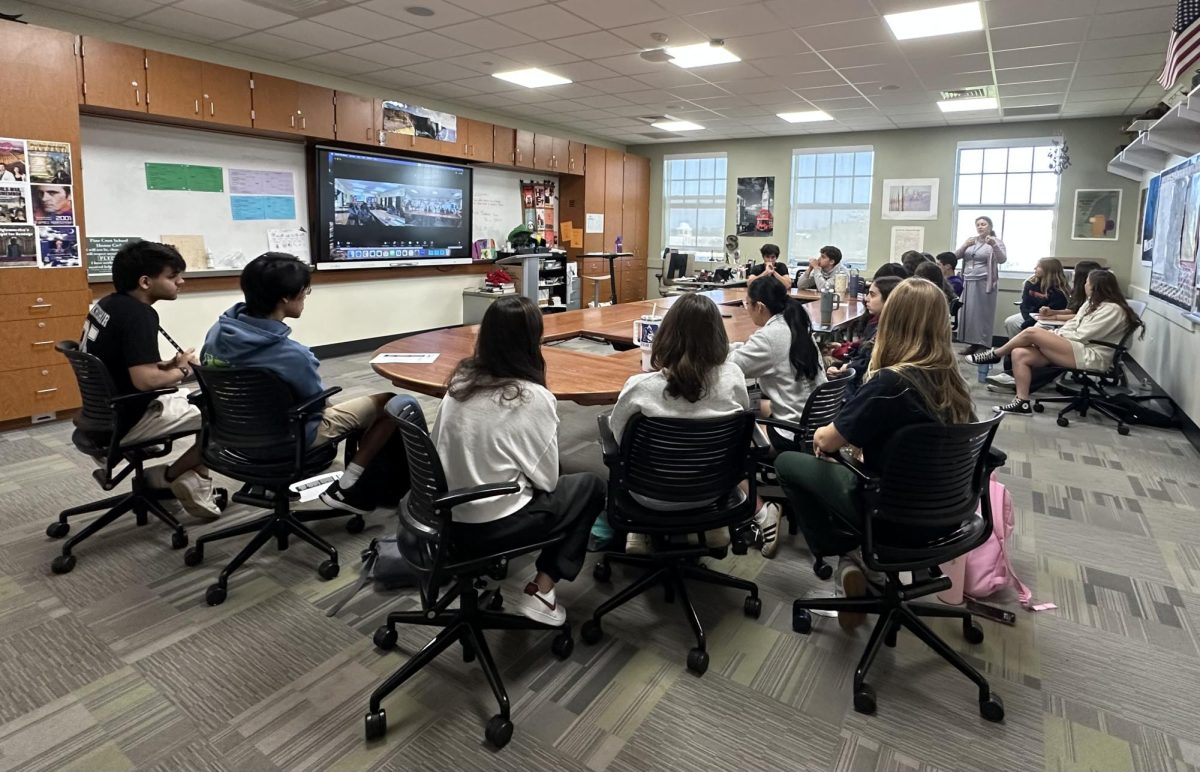
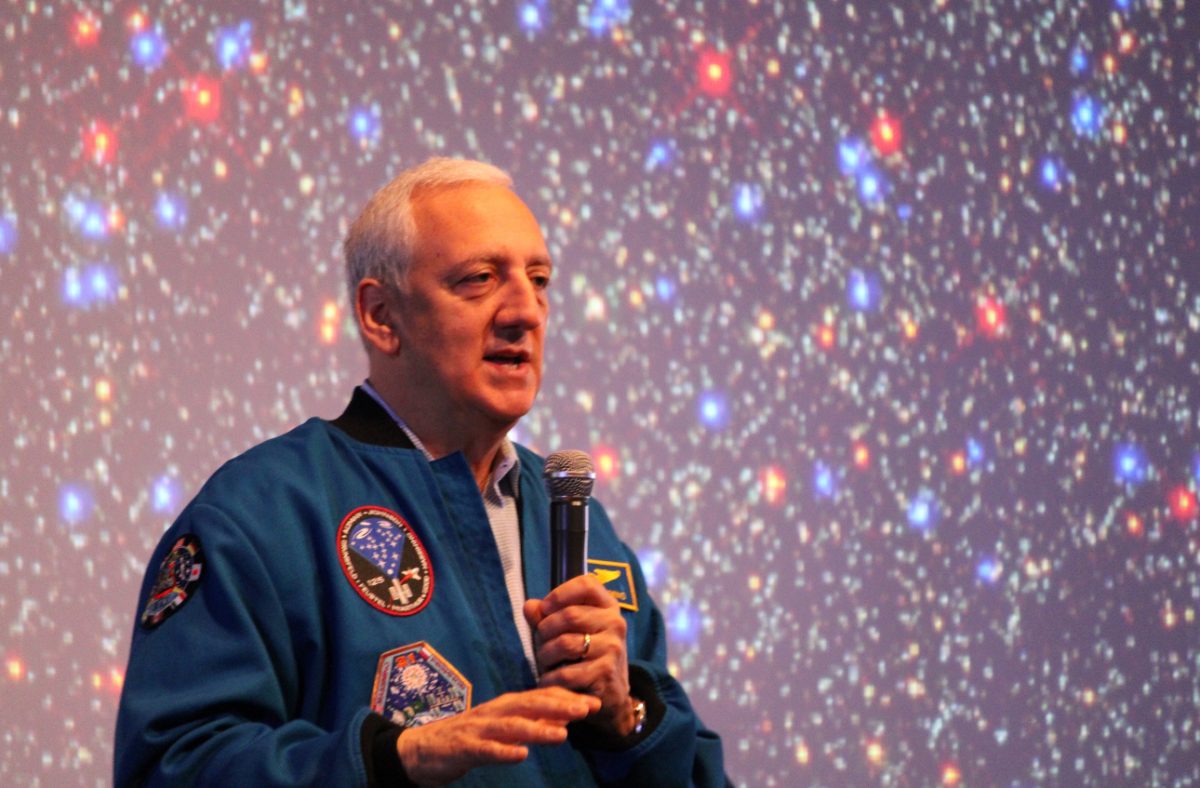
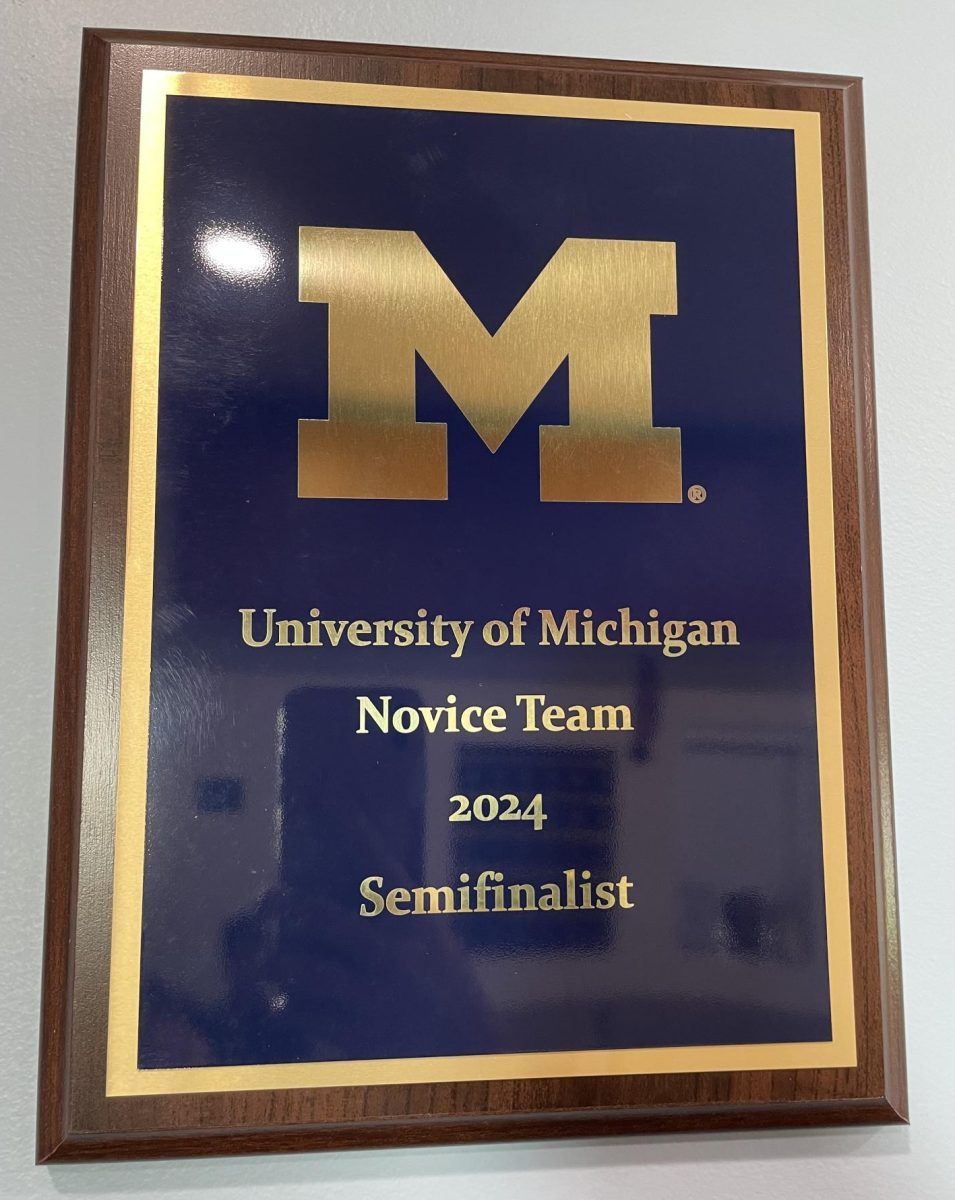


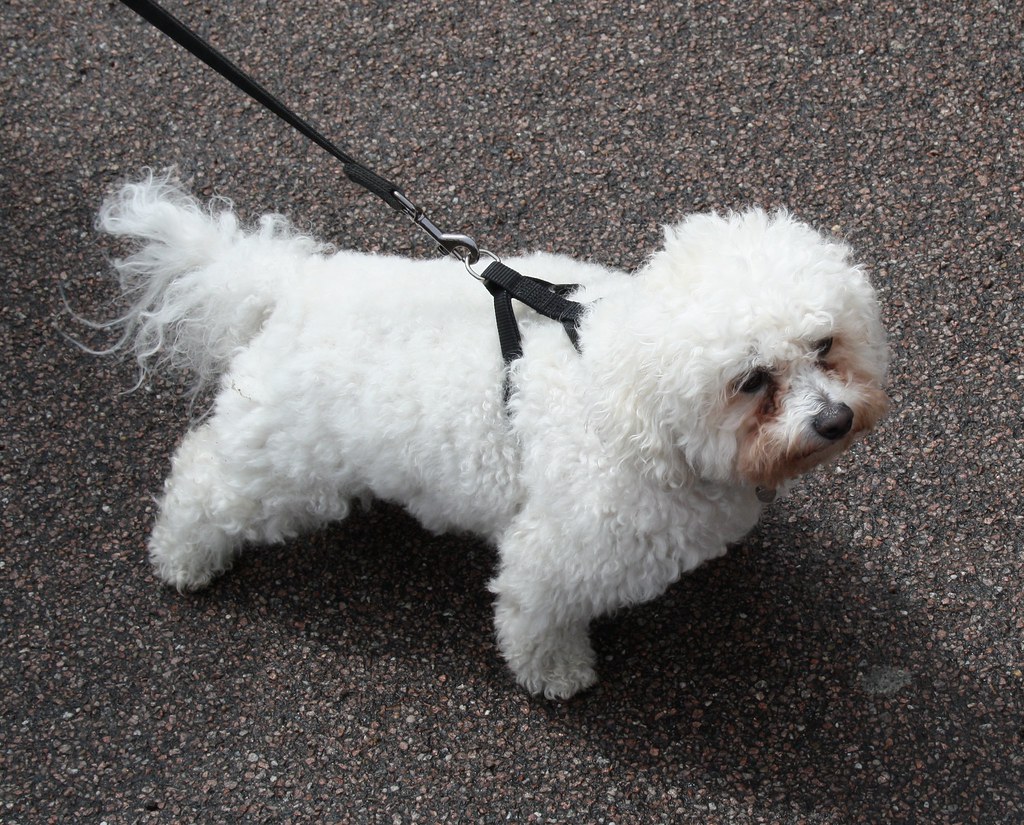
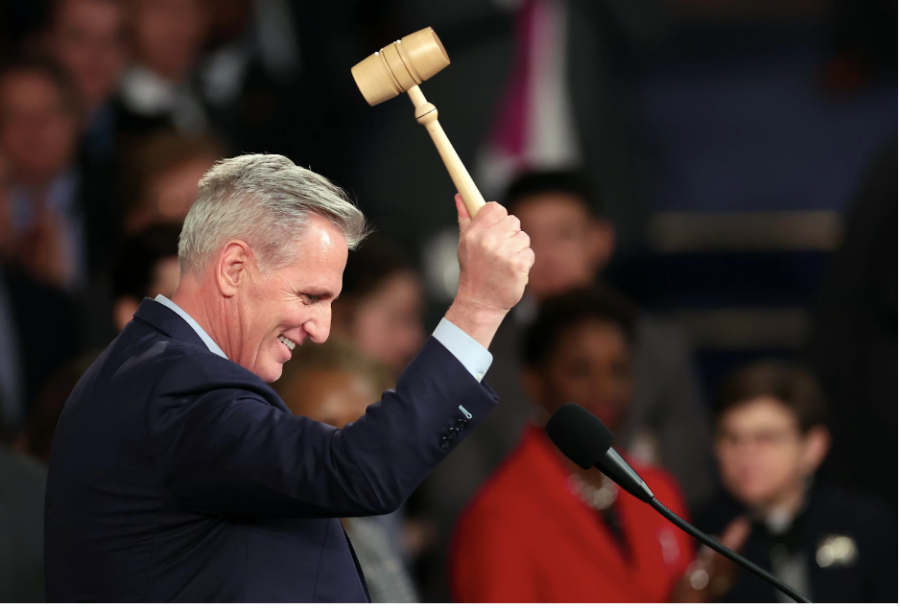
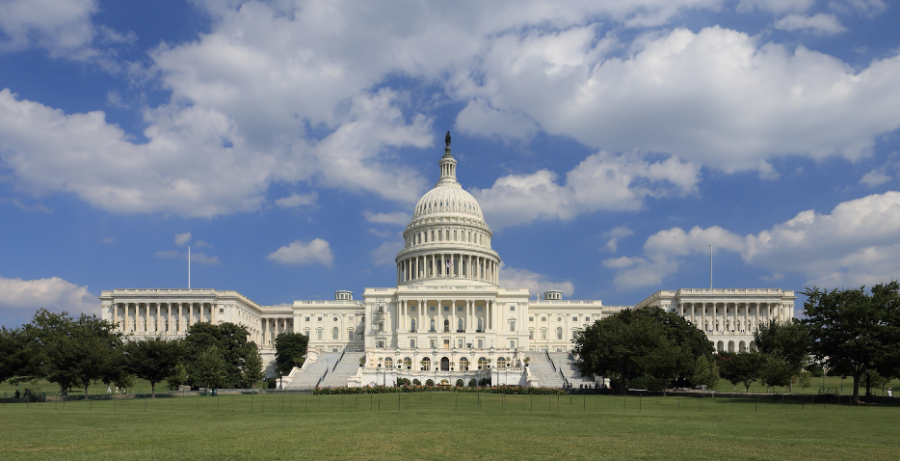
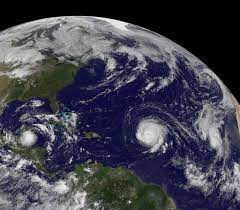
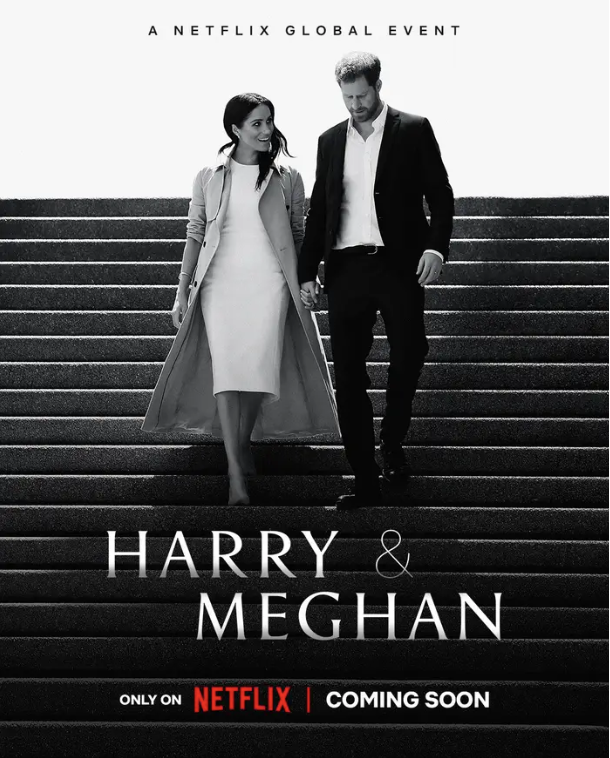
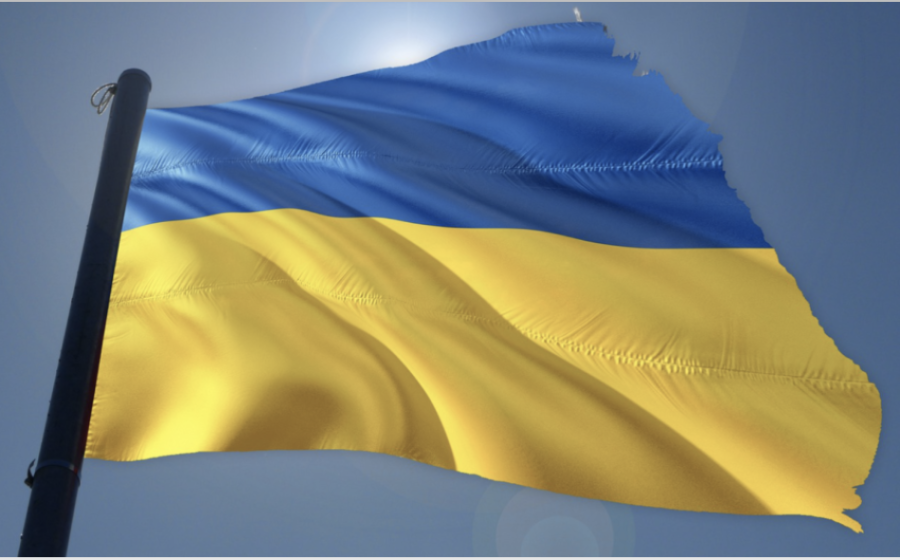
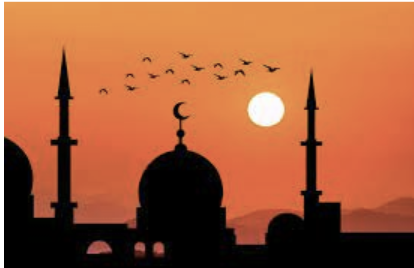
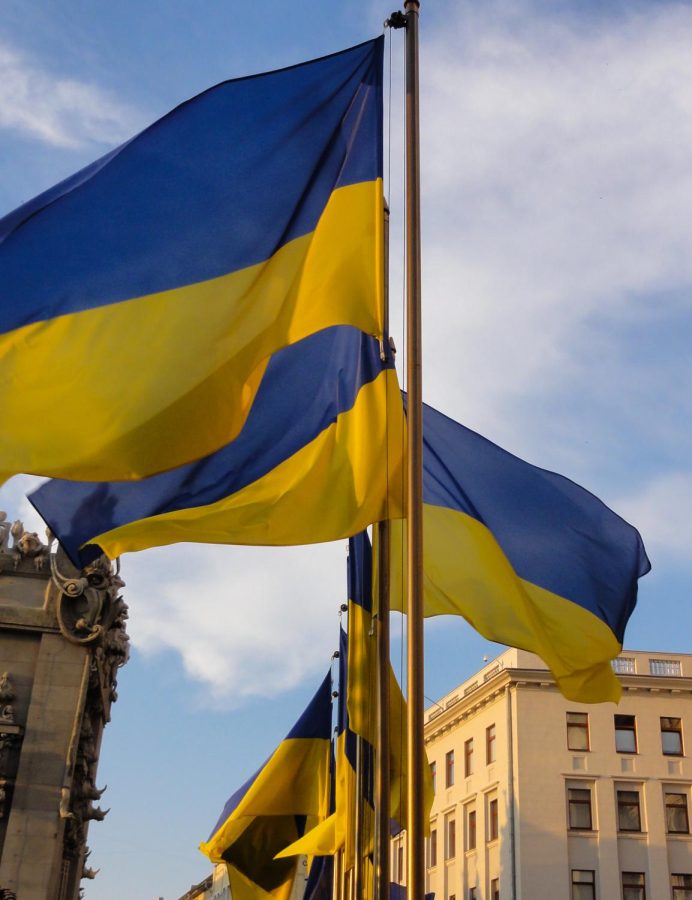
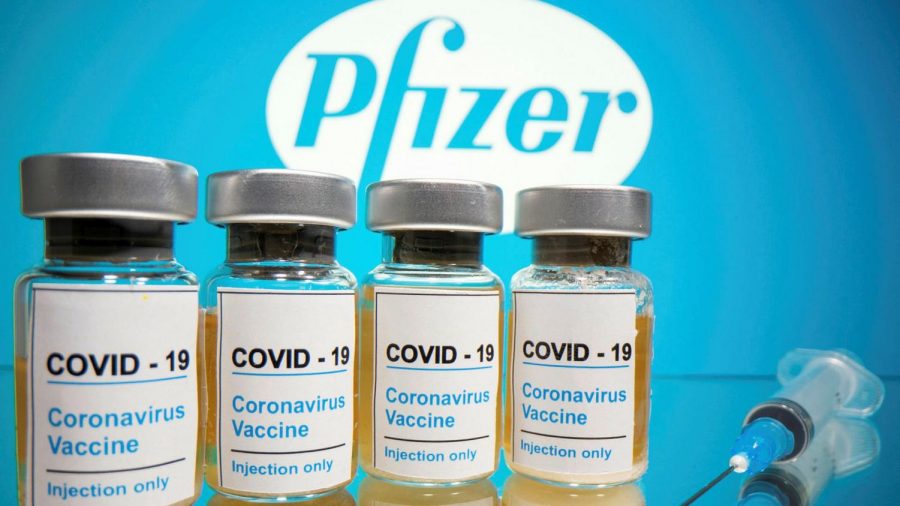
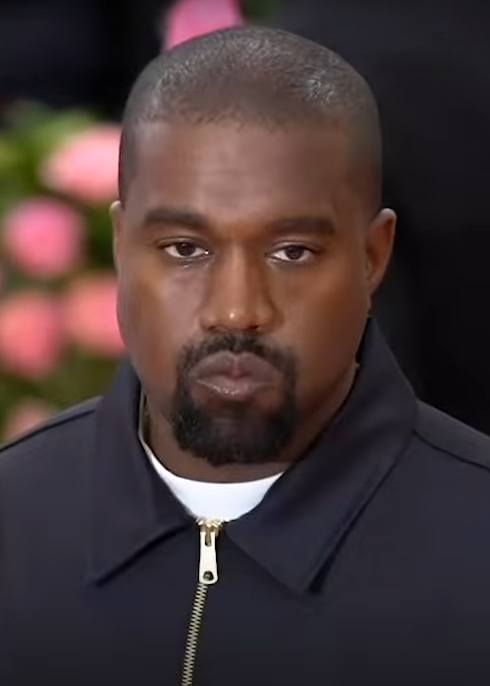

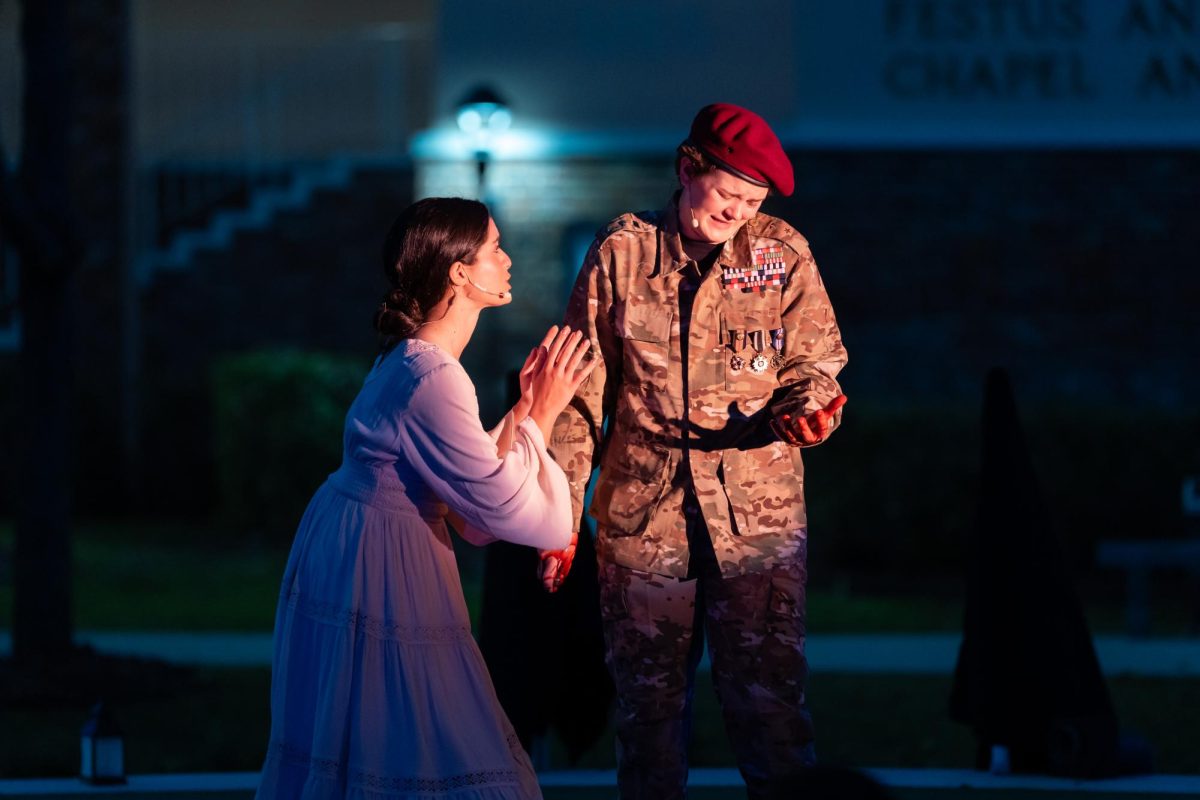
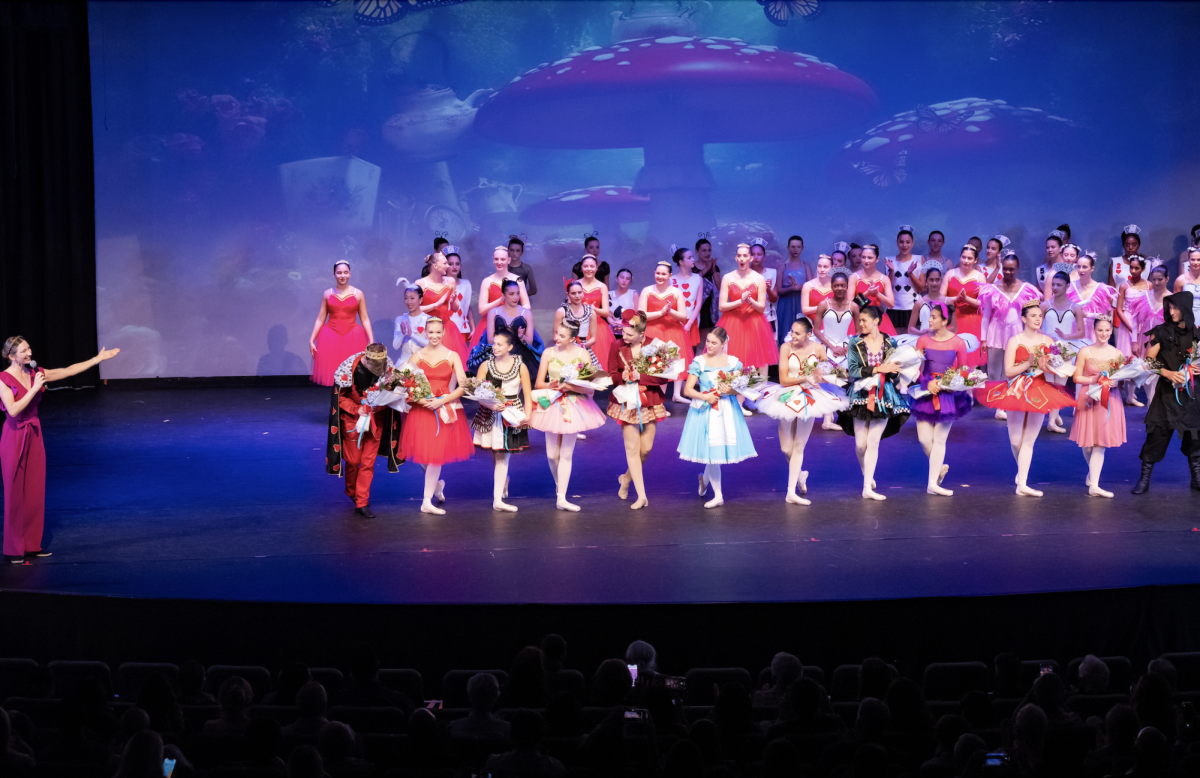
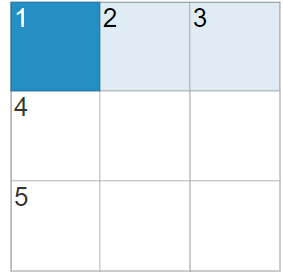

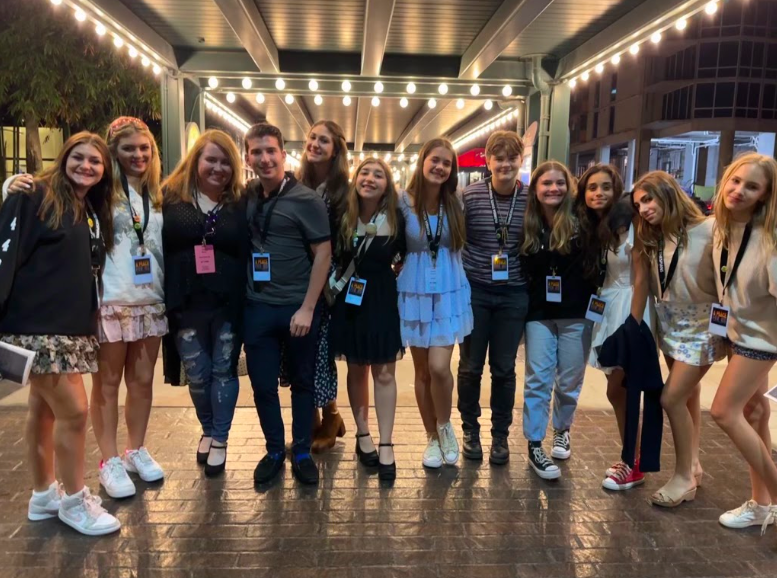
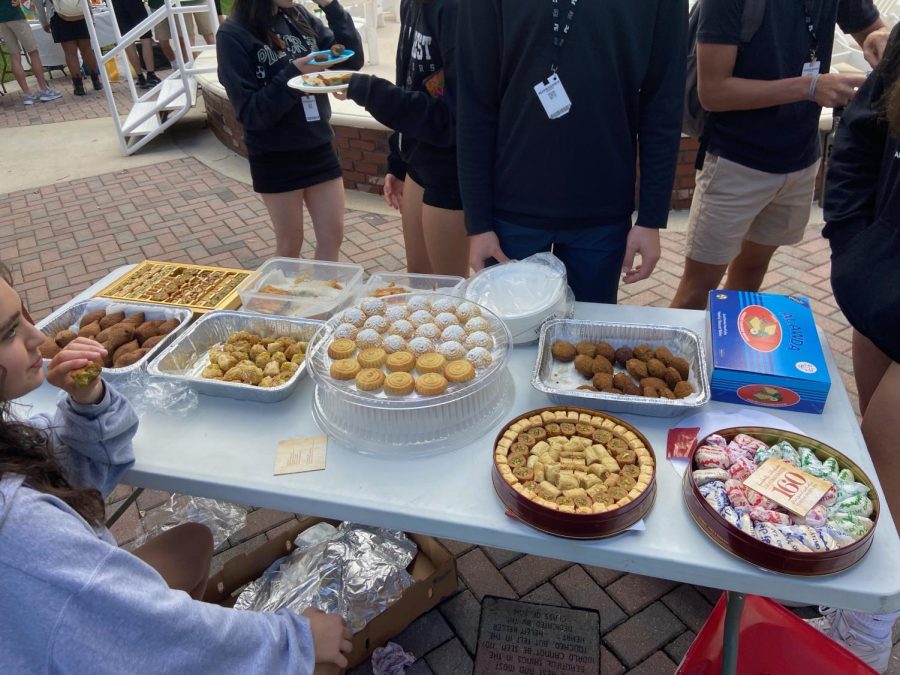
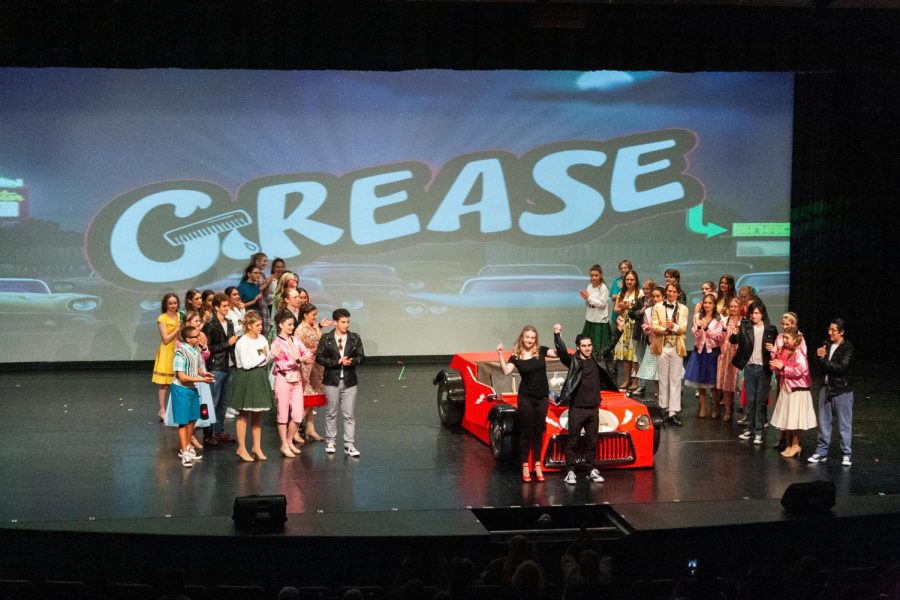
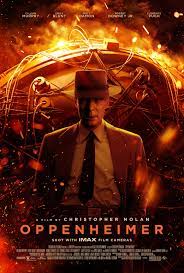
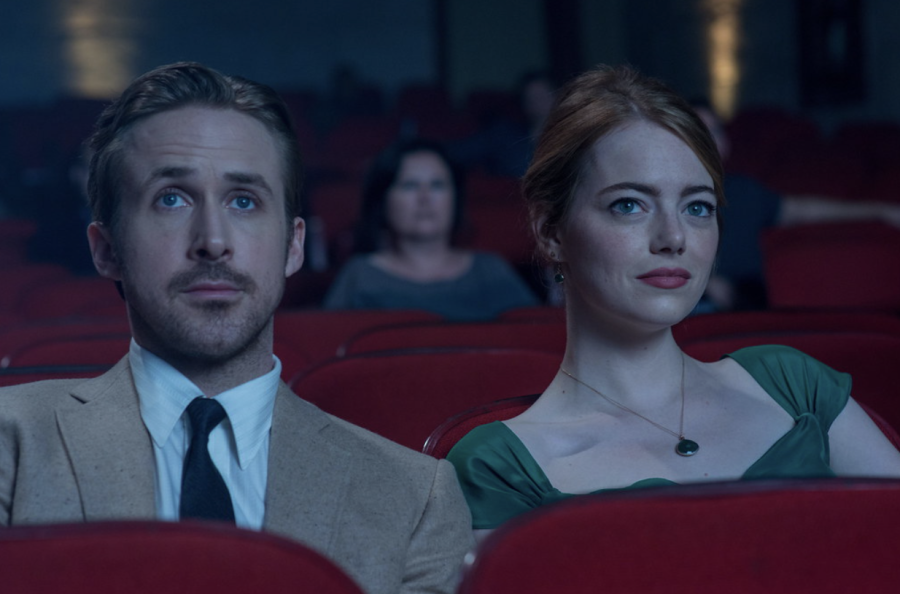
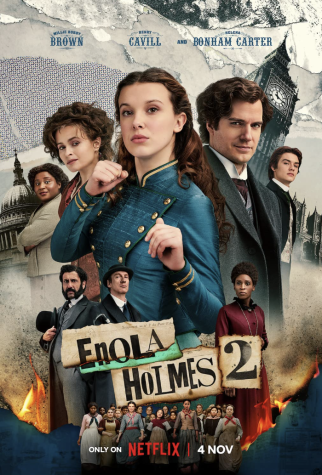

![Stranger Things 4: What to Expect [Warning: Contains Spoilers]](https://pcpawprint.com/wp-content/uploads/2021/11/StrangerThings4-900x473.jpeg)

